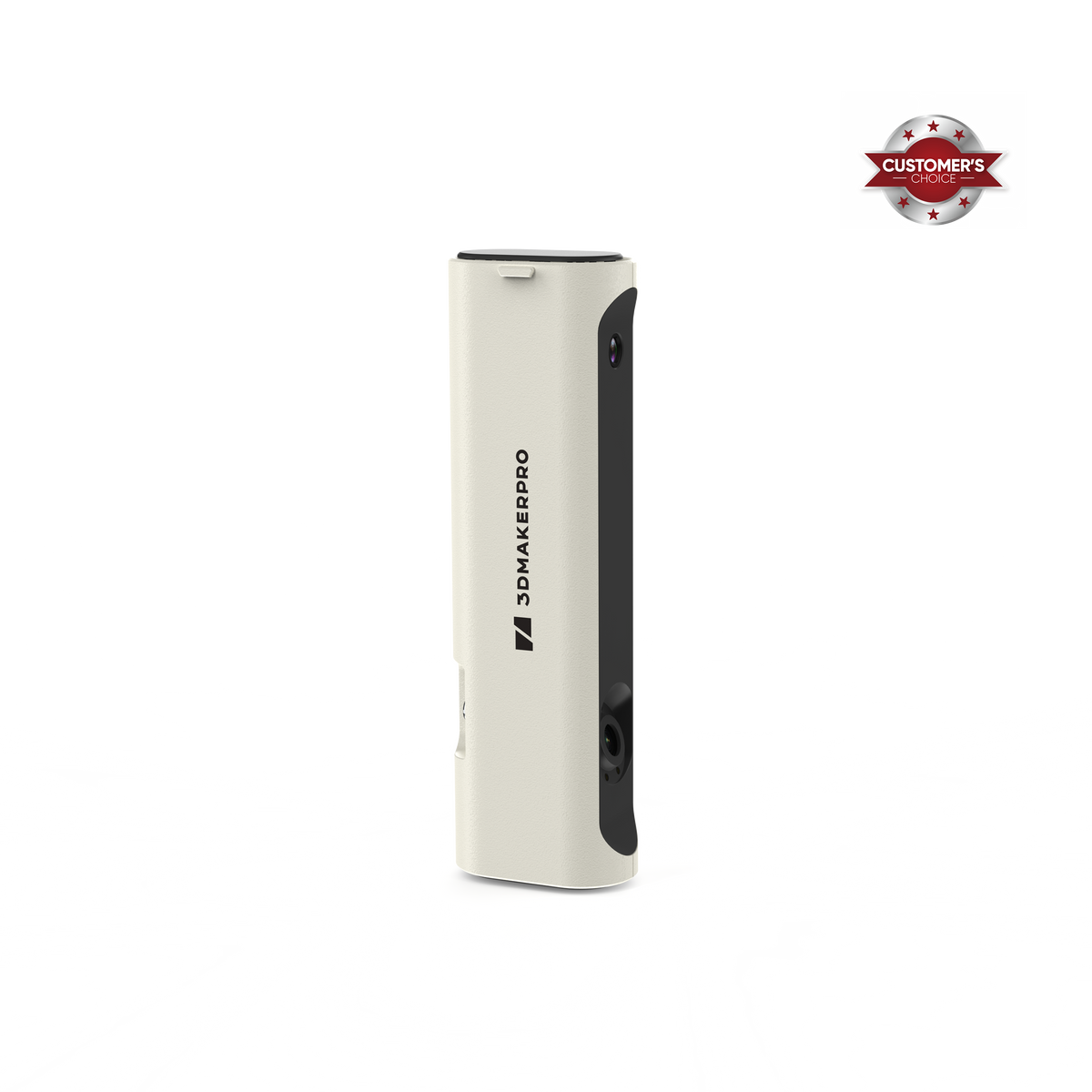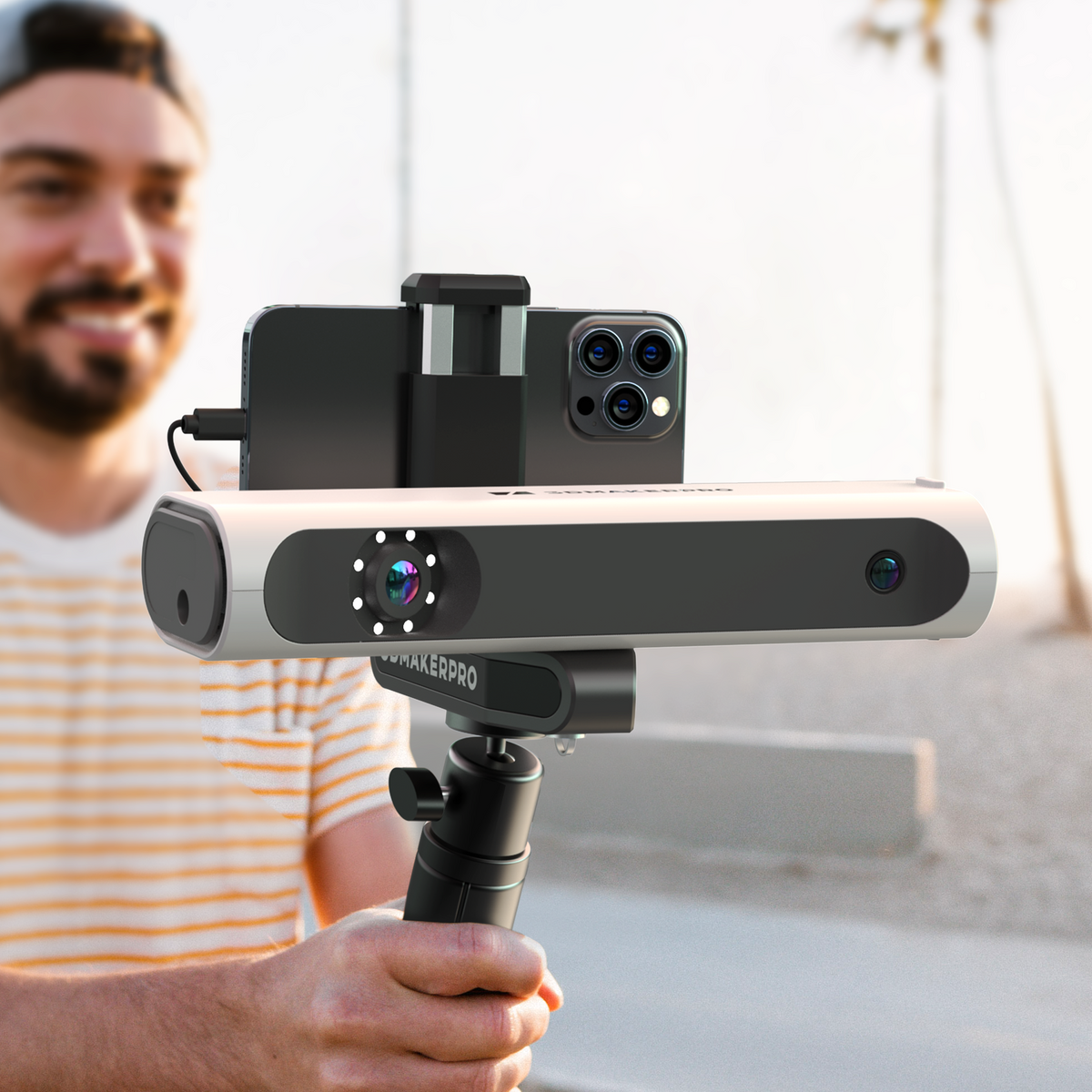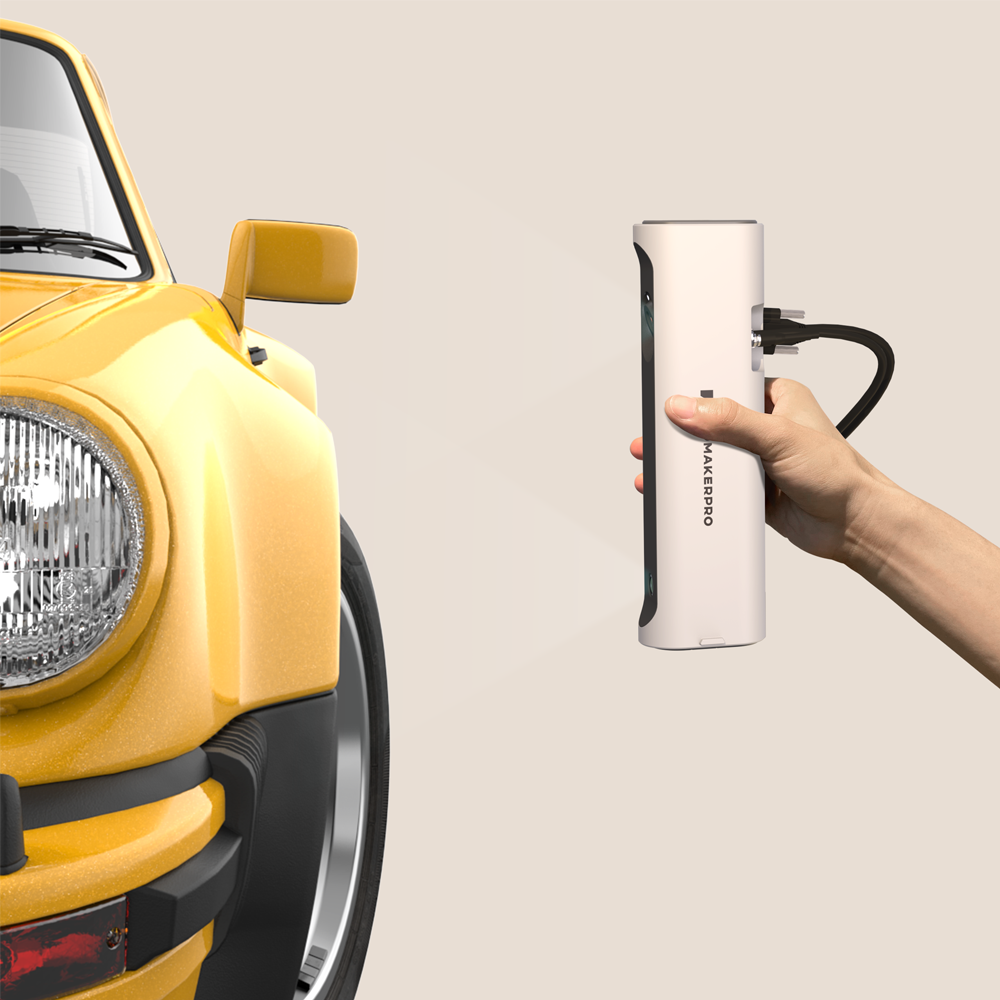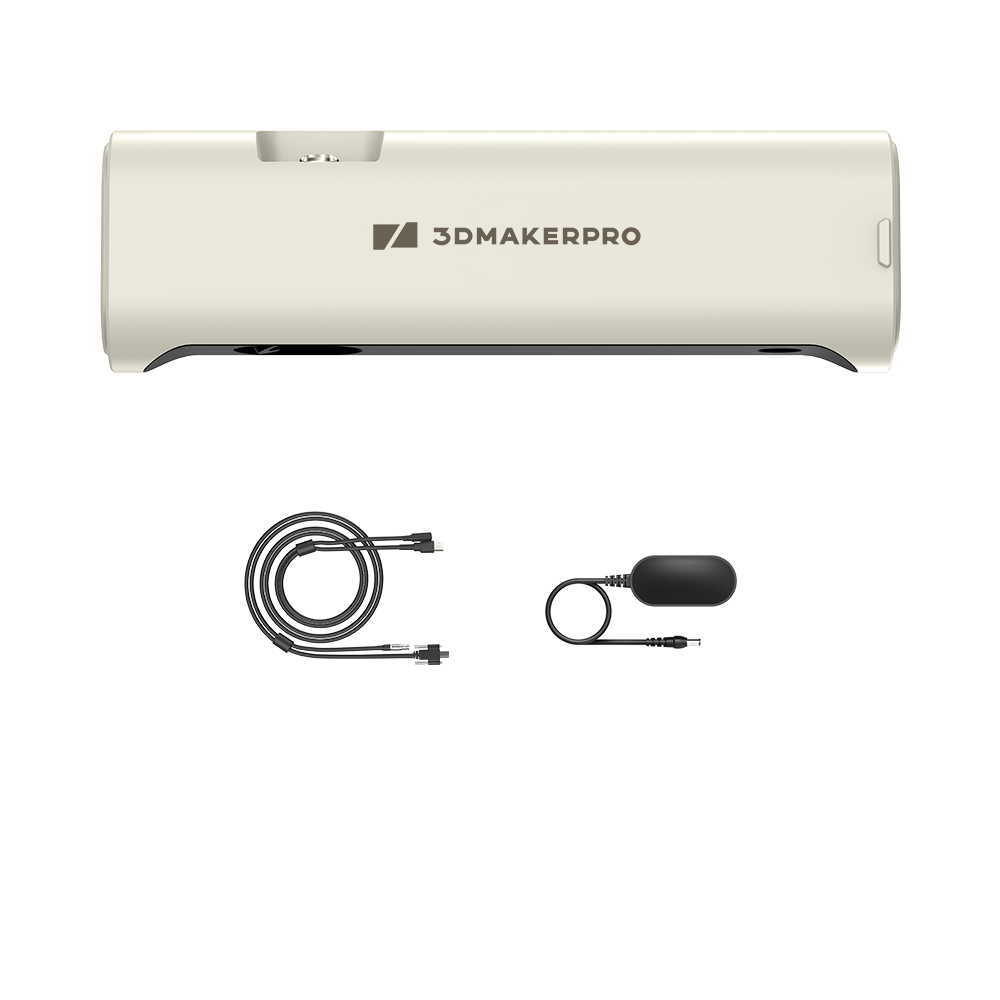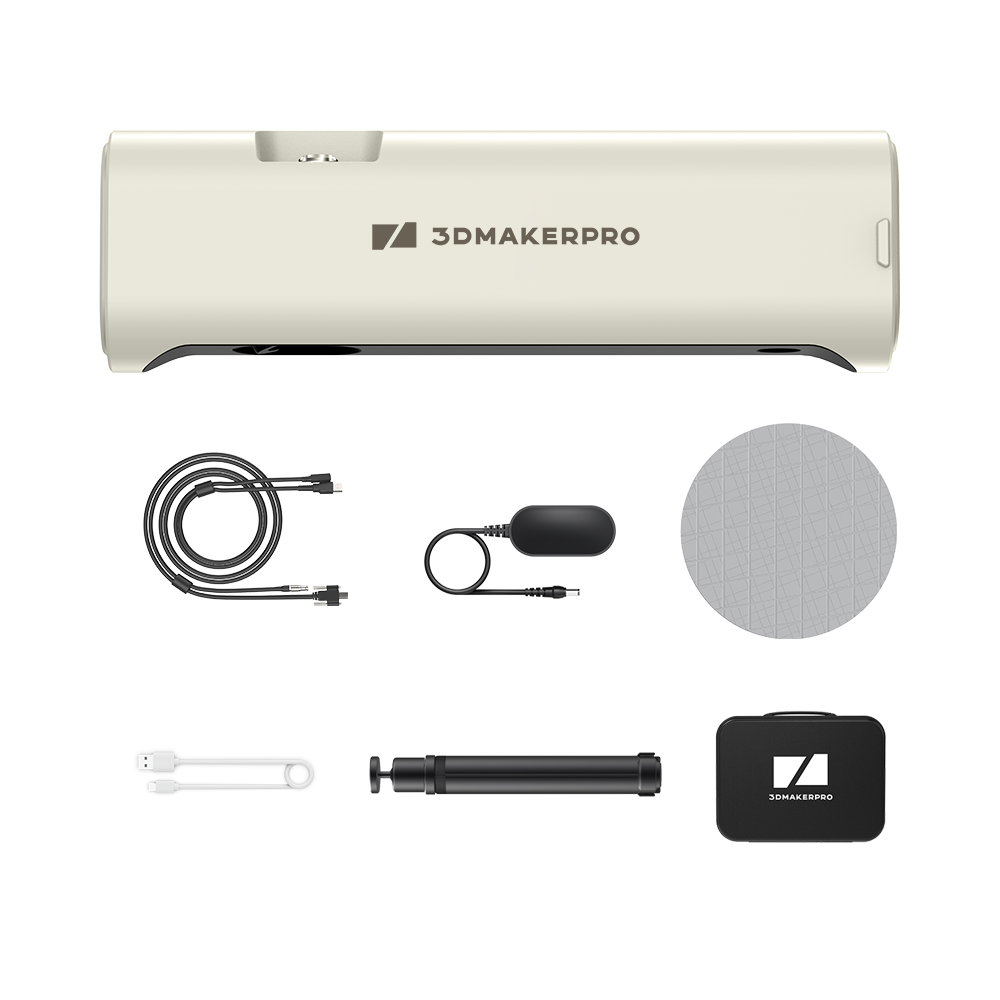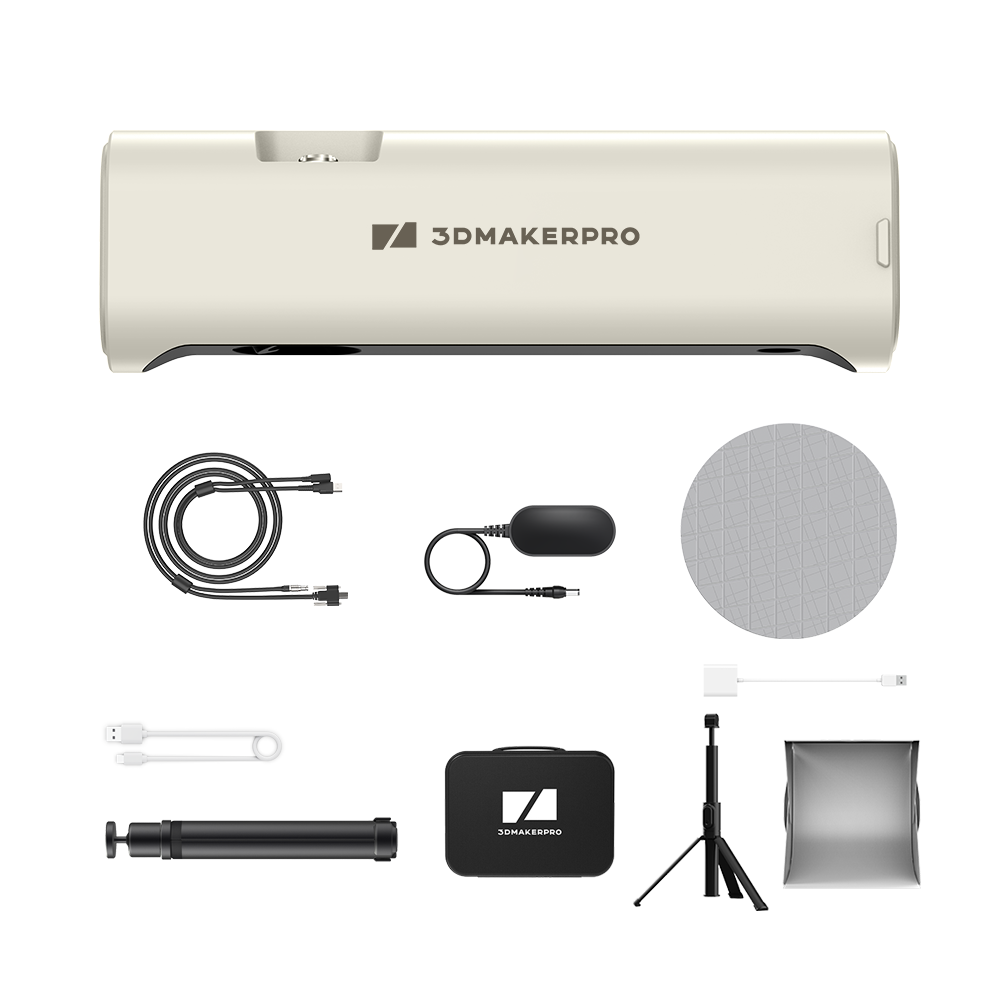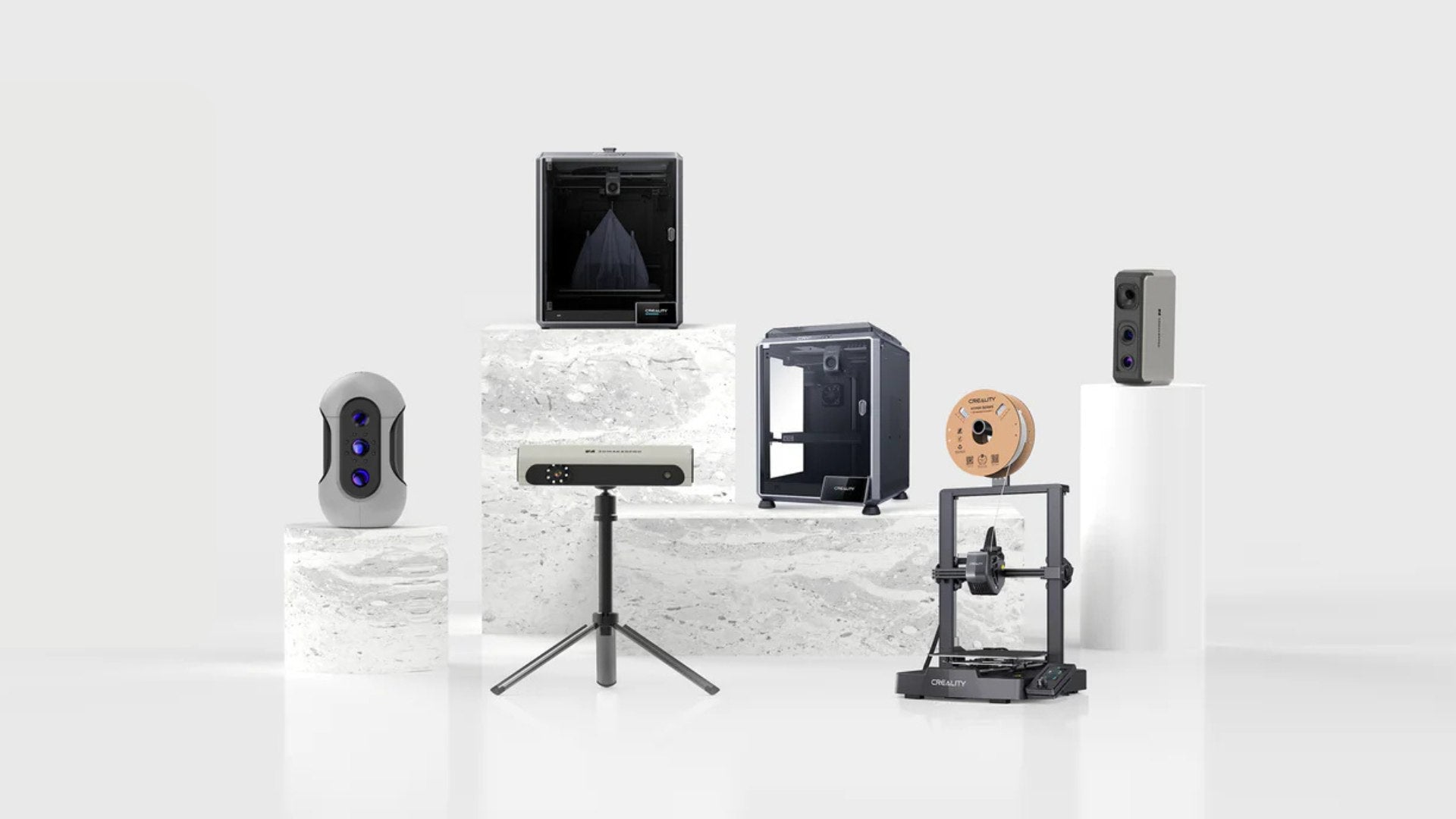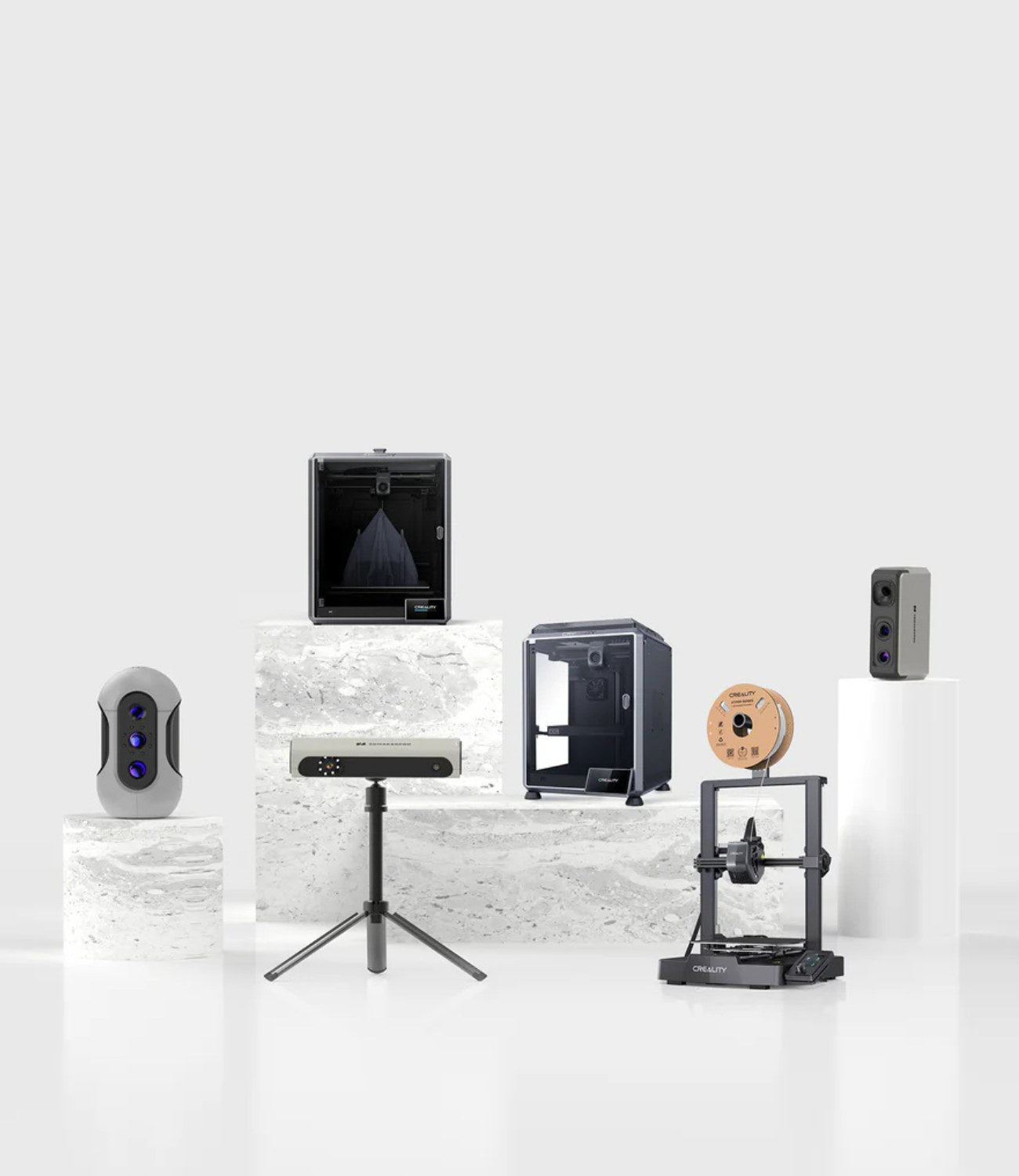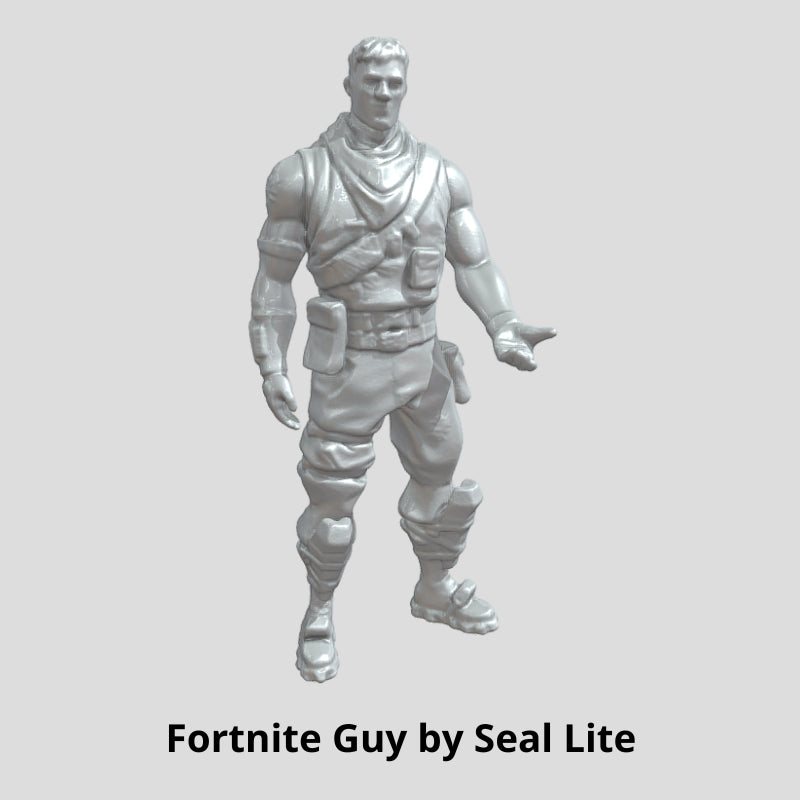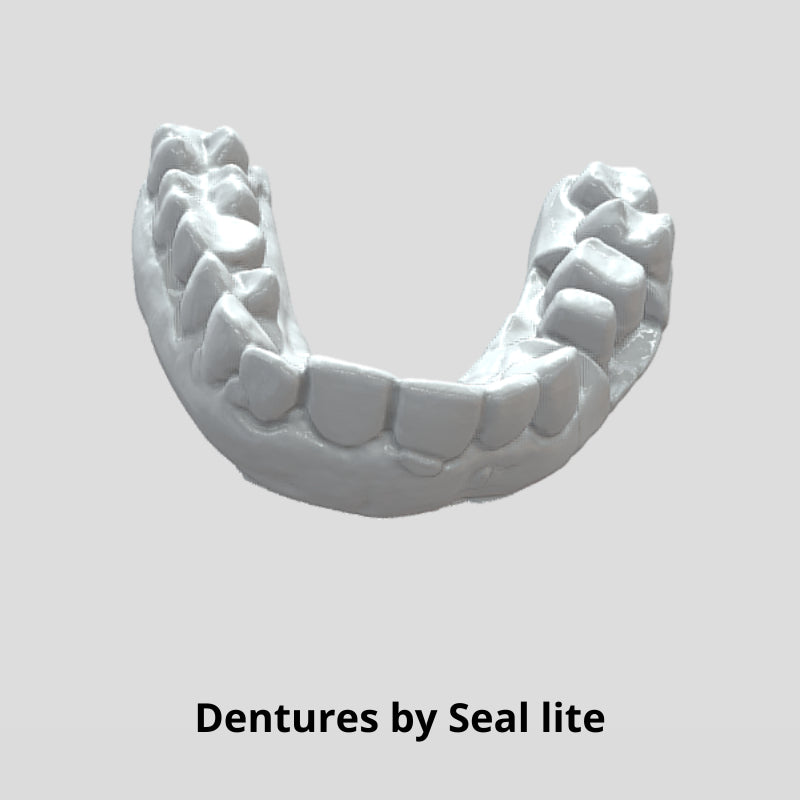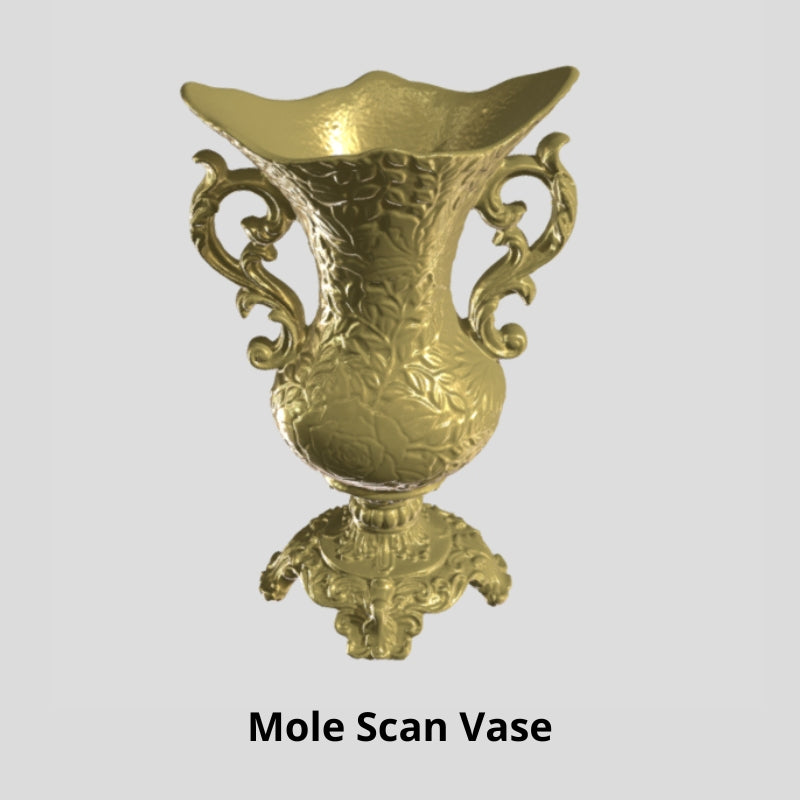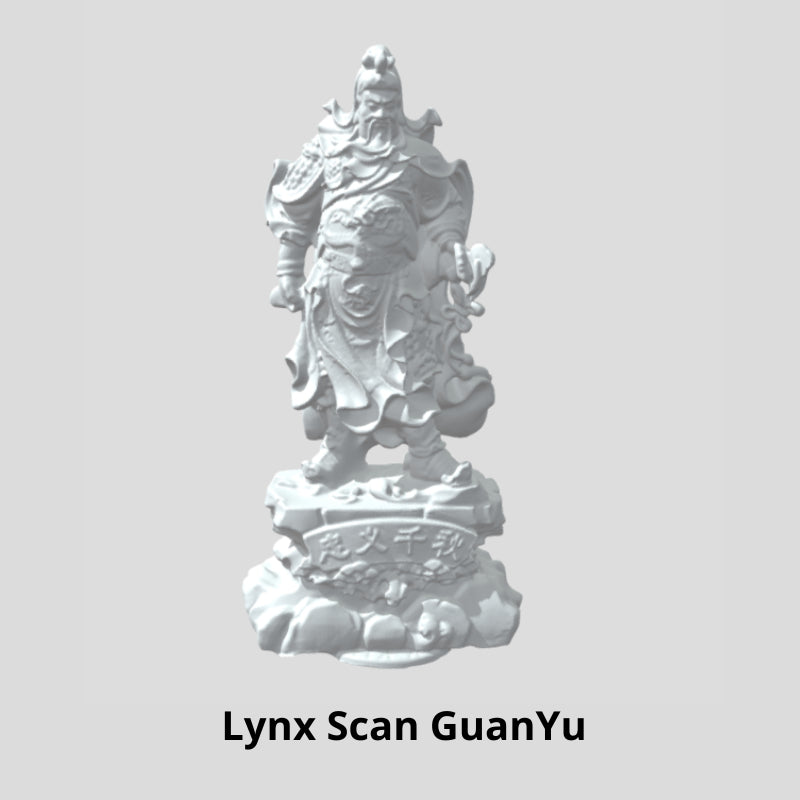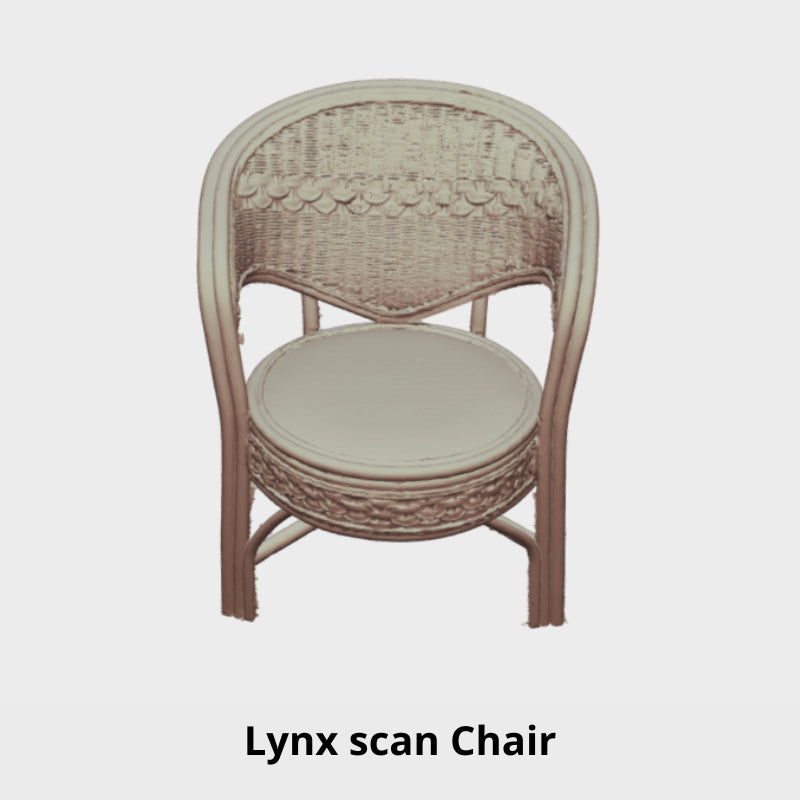La integración de escáneres 3D en la impresión 3D ofrece soluciones robustas para duplicar, modificar y reparar Objetos en diversas industrias. Su capacidad para crear representaciones digitales precisas no solo mejora la eficiencia del proceso de diseño, sino que también fomenta la innovación en el desarrollo de productos. A medida que la tecnología avanza, las aplicaciones del escaneo 3D seguirán expandiéndose, impulsando nuevas mejoras en las capacidades y prácticas de impresión 3D.
Modelos 3D
Duplicando
Una de las funciones principales de los escáneres 3D es duplicar objetos existentes. Seal escáner, con su Precisión de 0,01 mm y lentes antivibración, recoge 100.000 puntos por segundoEsto mejora esta capacidad. Permite a los usuarios crear réplicas digitales precisas de objetos físicos, que luego pueden modificarse o imprimirse directamente. En sectores como la restauración de arte, la preservación del patrimonio y la manufactura, la duplicación de objetos garantiza la conservación de los detalles intrincados y la reproducción precisa de los diseños originales.
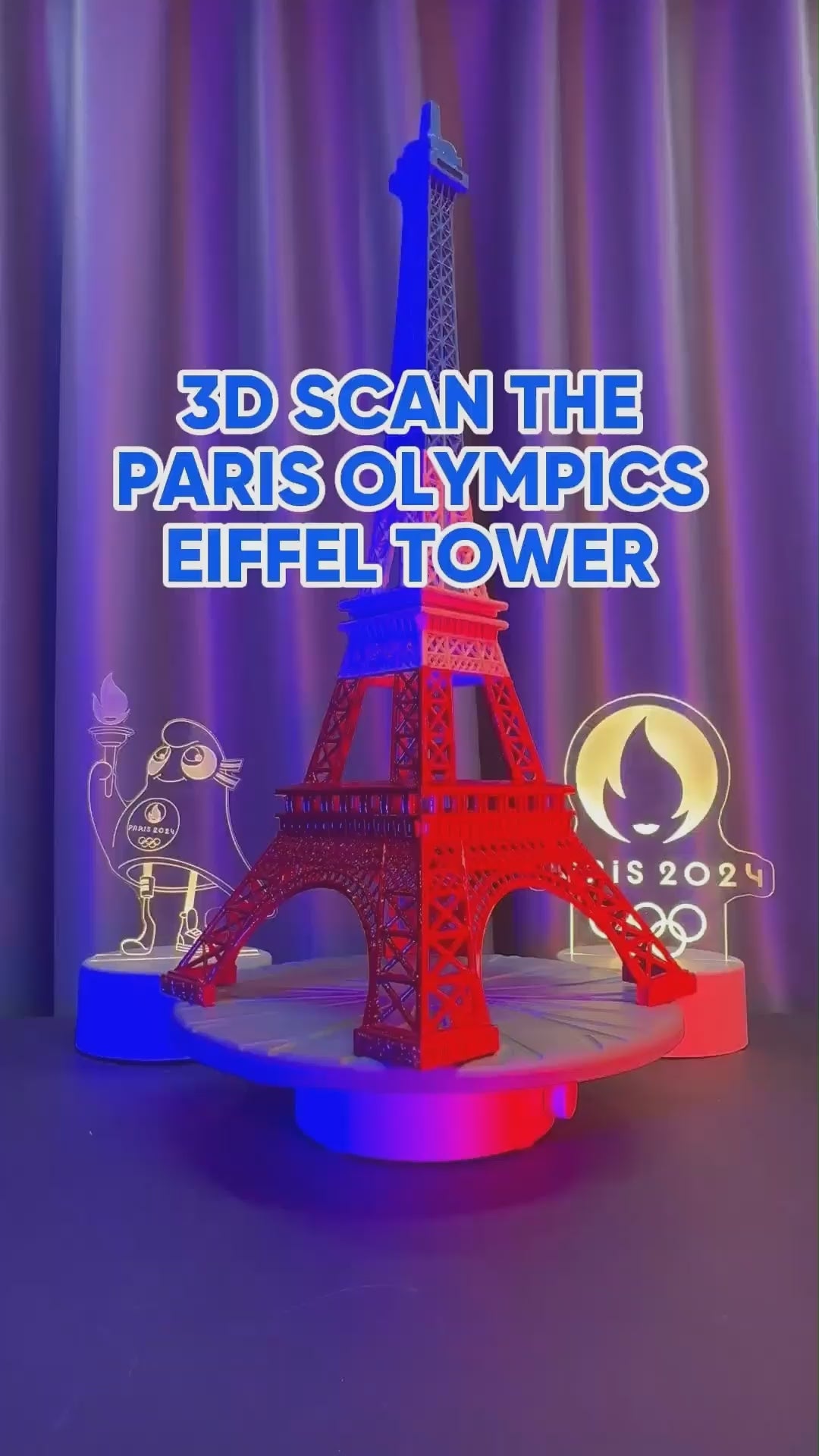
Seal ¡El escáner 3D escanea la Torre Eiffel de los Juegos Olímpicos de París!
Modificación y reparación
Además de la duplicación, los escáneres 3D se destacan en la modificación y reparación de diseños existentes. Mole escáner poder capturar objetos que van desde en tamaño desde 15 a 1500 milímetros y cuenta con un modo de textura ultra clara, con Precisión de 0,05 mm y Resolución de 0,1 mmAl importar un objeto escaneado a un software de modelado 3D, se puede modificar para cumplir con requisitos específicos. Este proceso es especialmente útil en sectores como la salud, donde se pueden adaptar dispositivos médicos o prótesis a las necesidades individuales. Además, se pueden escanear los artículos dañados, lo que permite diseñar e imprimir reparaciones, prolongando así la vida útil de los productos y reduciendo los residuos. Esta adaptabilidad convierte al escaneo 3D en una potente herramienta para la innovación y la eficiencia.

Crea una cápsula de triple calibre con The Mole Escáner 3D
Aplicación amplia
El amplio campo de aplicación del escaneo 3D subraya aún más su importancia en la impresión 3D. Industrias como la automotriz, la moda y la arquitectura utilizan esta tecnología. En el diseño automotriz, por ejemplo, los escáneres 3D pueden capturar los detalles intrincados de las piezas de los automóviles para la creación de prototipos y pruebas. En el ámbito de la moda, los diseñadores pueden crear prendas personalizadas que se adaptan perfectamente a las formas corporales individuales. Además, los estudios de arquitectura utilizan el escaneo 3D para crear modelos precisos de edificios para proyectos de renovación, garantizando que los nuevos diseños se integren a la perfección con las estructuras existentes. LynxEl rango de captura única es de 250 × 400 mm, que es 200% más grande que los escáneres tradicionales de formato medio. Con Lynx, puedes escanear objetos hasta 5000x5000x5000mm, una friolera Mejora del 3700%!
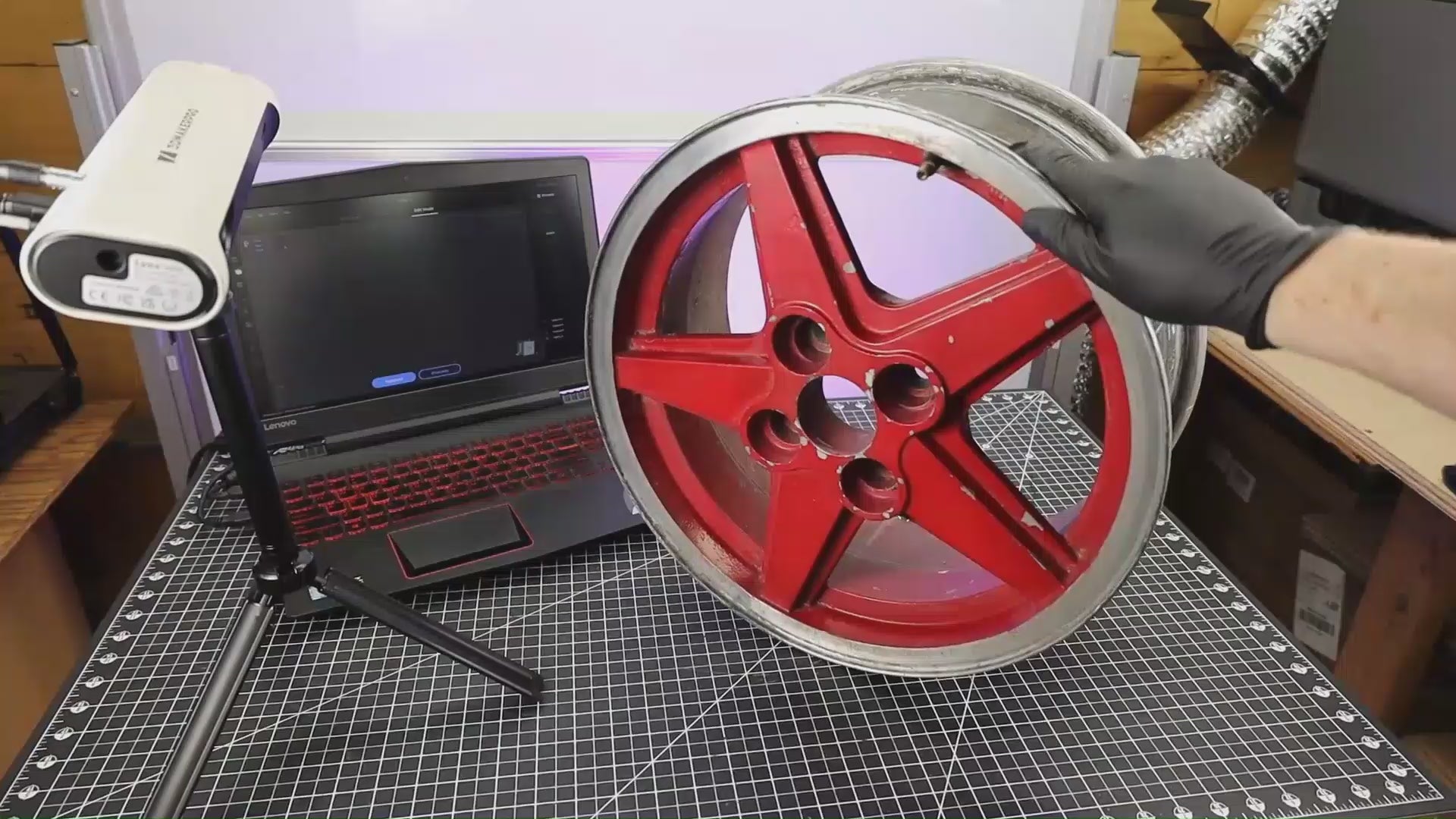
Escáner 3D de gran formato por menos de $400 - Escáner 3D 3D MAKER PRO LYNX
Comparar
Especificaciones del producto
Especificaciones del producto
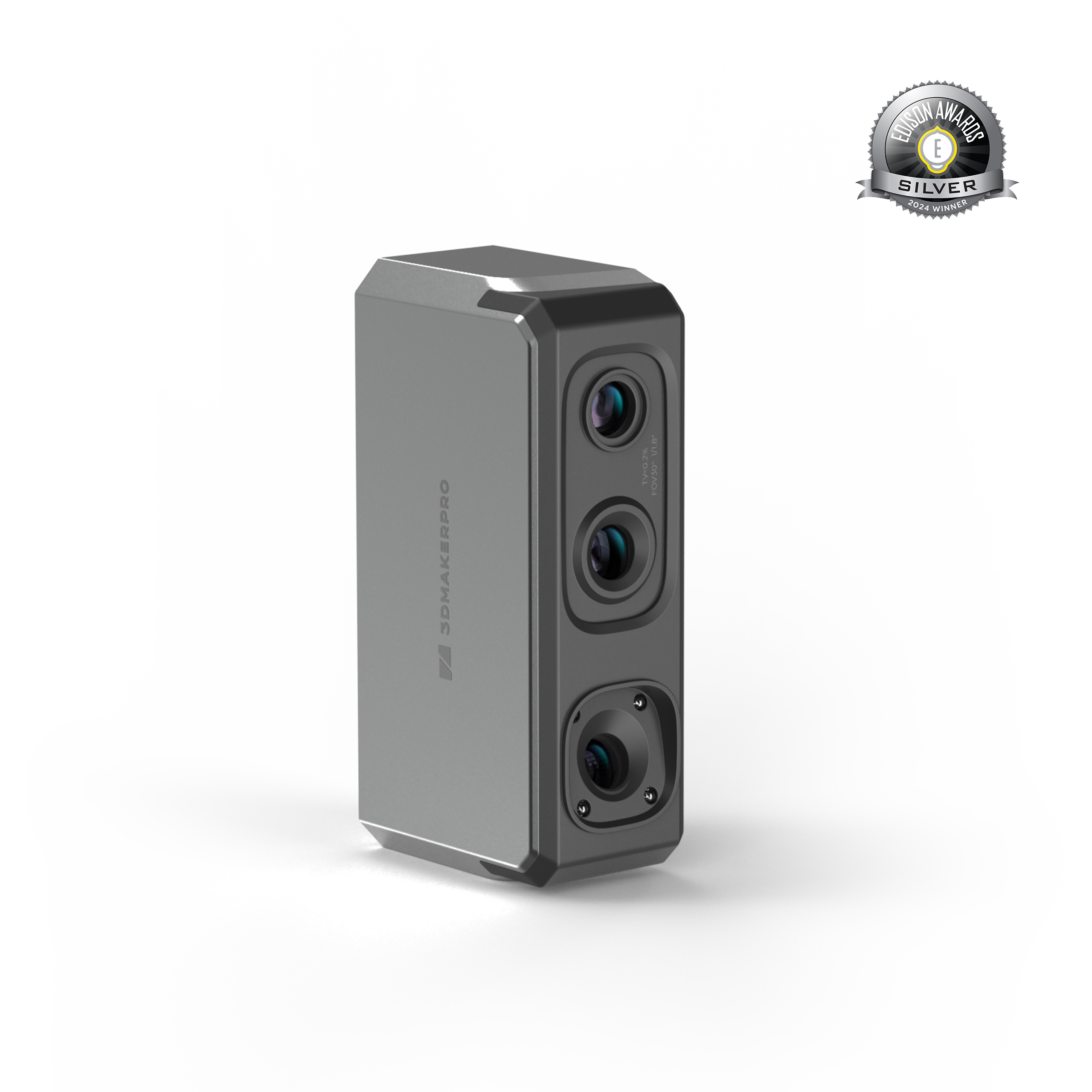
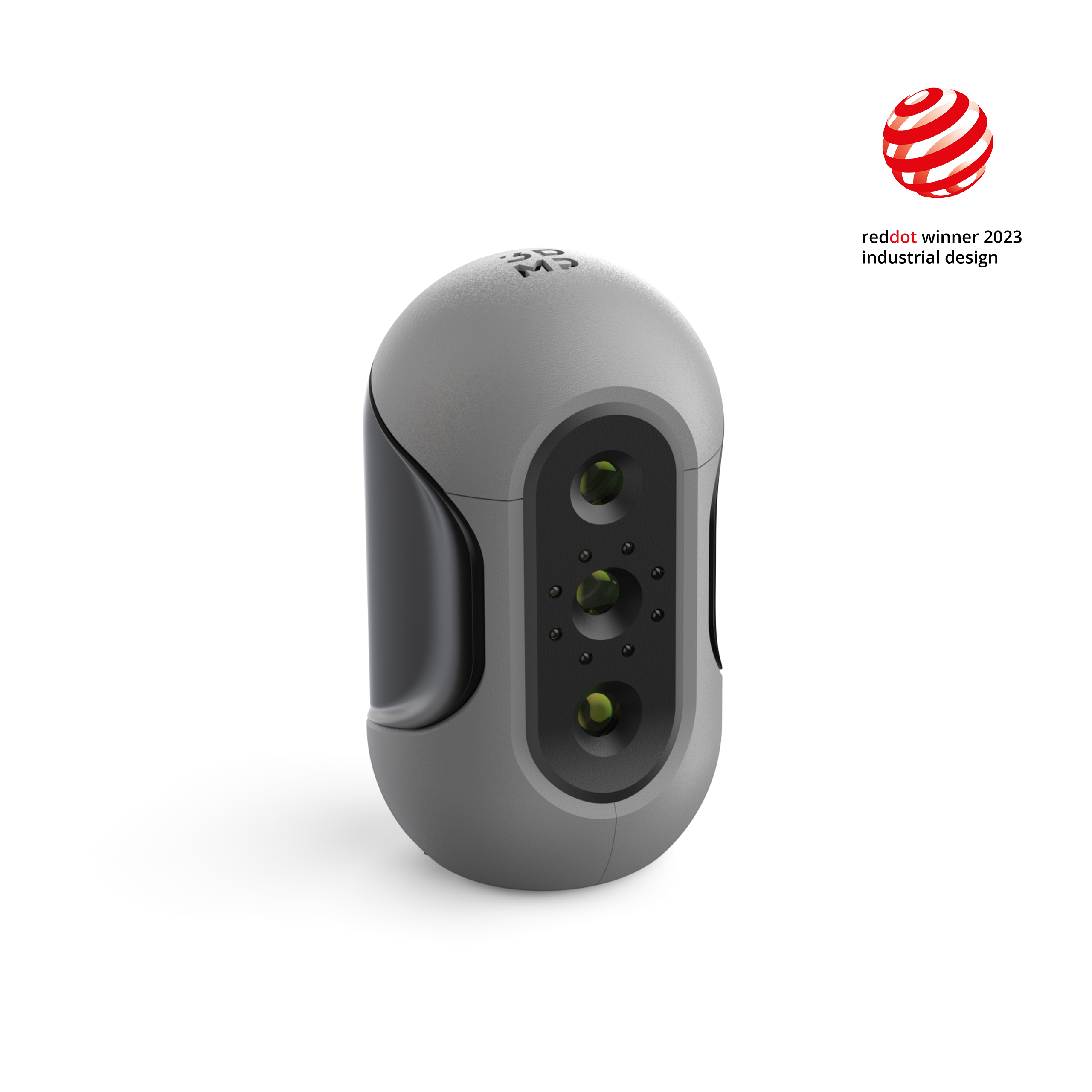
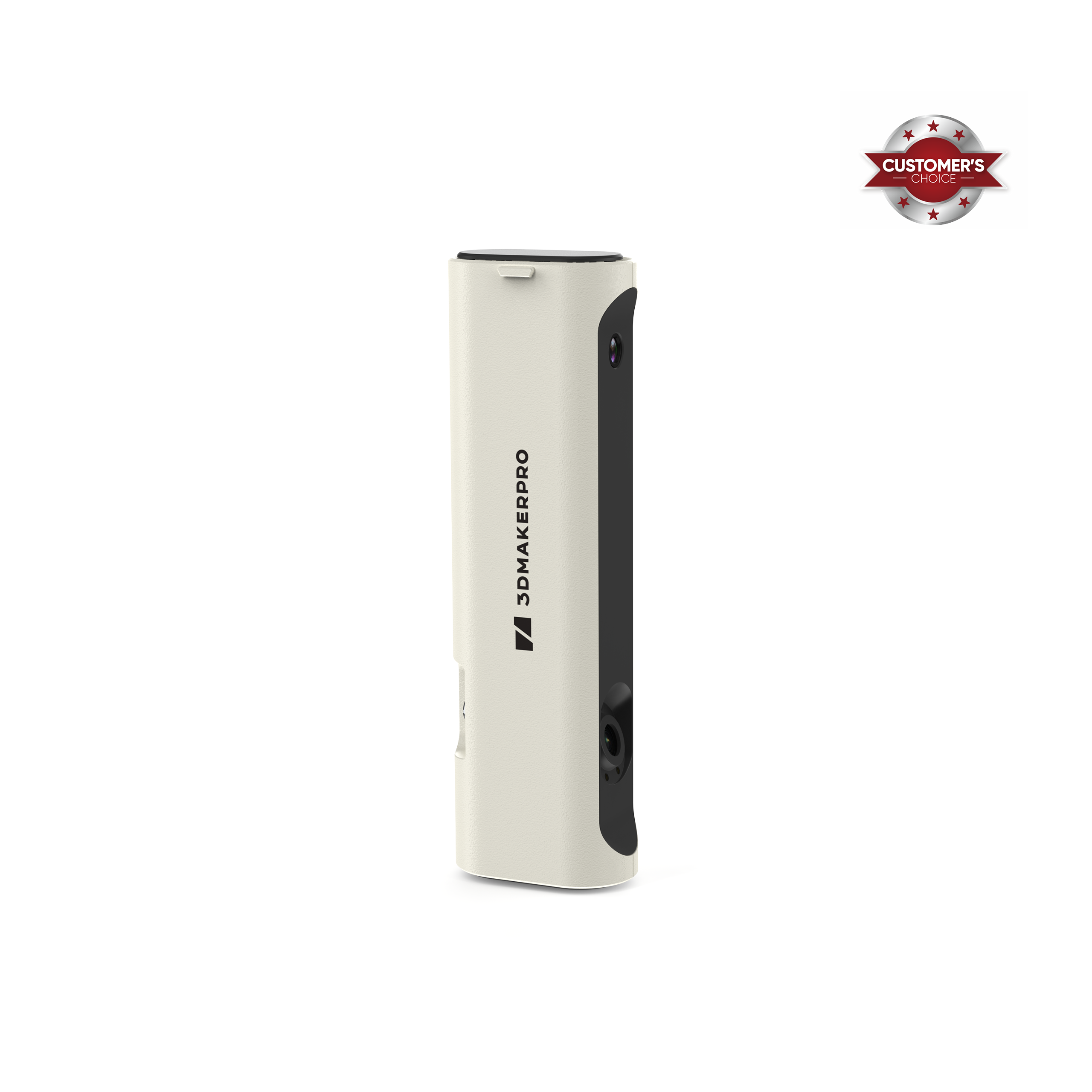



0,01 mm
0,05 mm
0,10 mm
0,05 mm
0,1 mm
0,30 mm
10 fps
10 fps
10 fps
Seguimiento visual
Seguimiento visual
Seguimiento visual
180-280 mm
150-400 mm
400-900 mm
100x75 mm
200x100 mm
250x400 mm
10-300 mm
15-1500 mm
100-2000 mm
Luz azul
NIR
NIR
Apoyo
Soporte extendido
Soporte extendido
110×60×35 mm
141x80x80m m
244 x 75 x 48 mm
254G
390 gramos
800 gramos
Historia de éxito 1
3DMakerpro Seal Escáner 3D - Desempaquetado
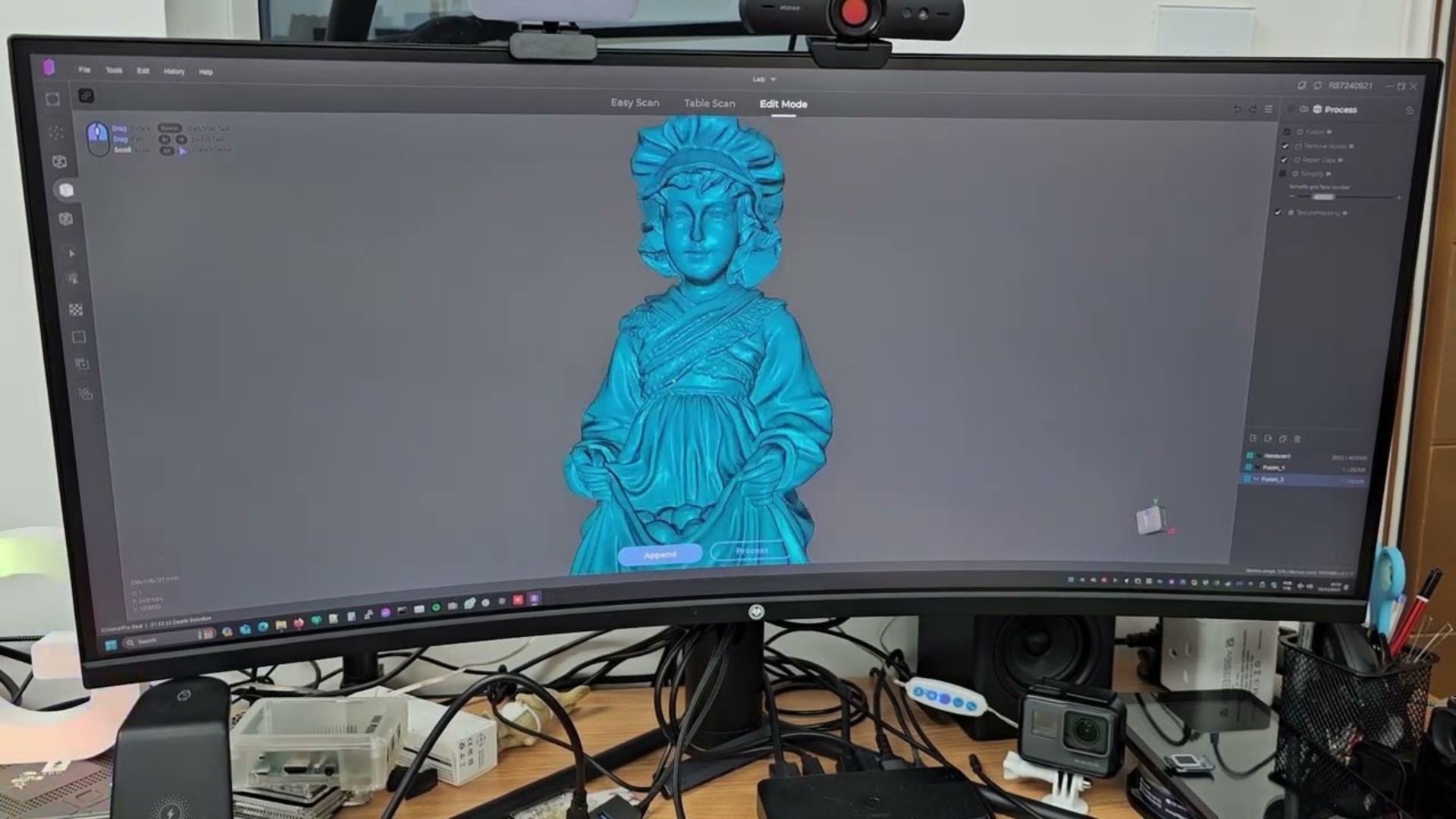
Historia de éxito 2
3DMaker Pro Mole Análisis del escáner 3D: un excelente escáner para objetos de tamaño mediano
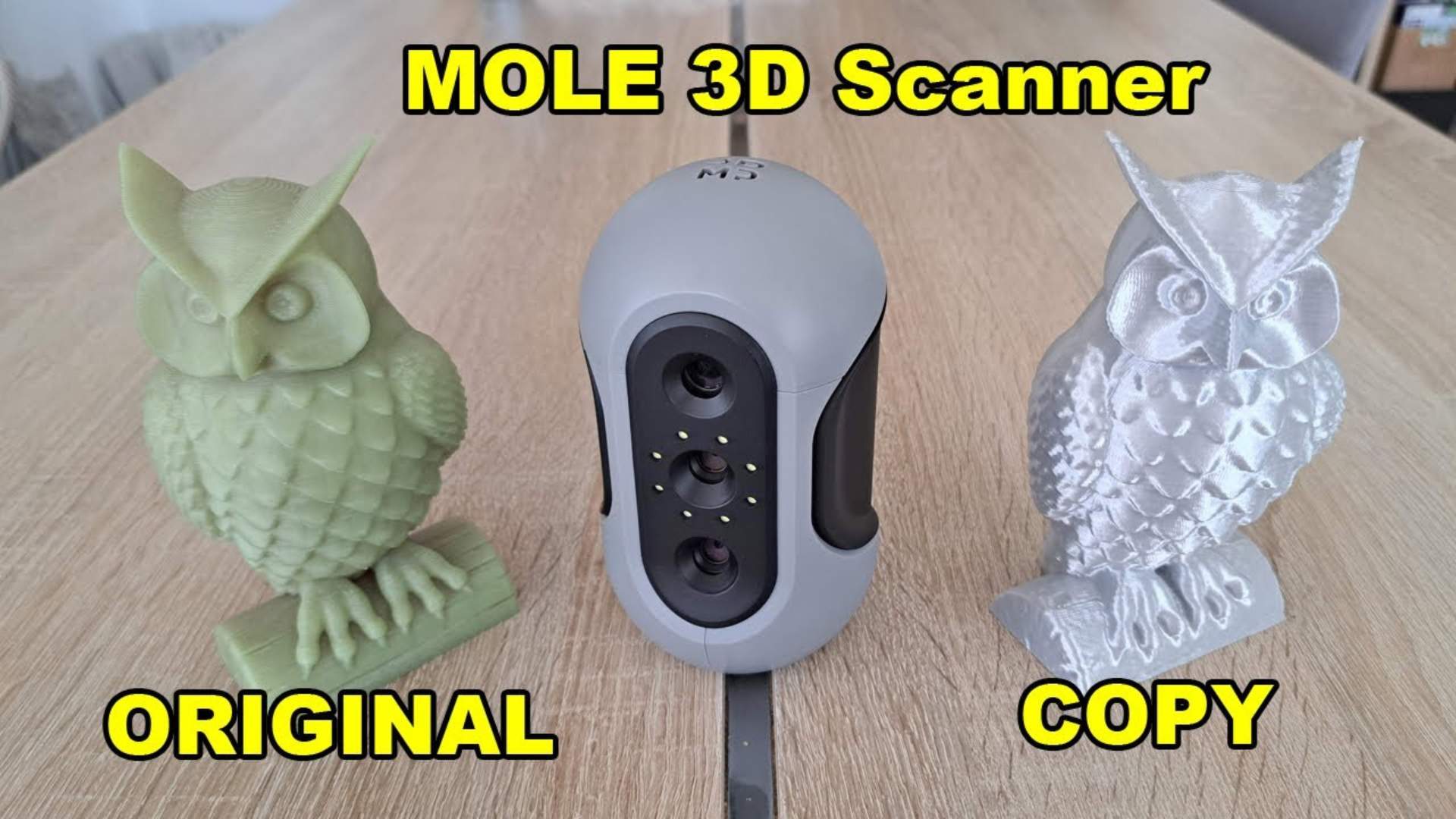
Historia de éxito 3
3DMaker Pro Lynx Desempaquetado y primer escaneo
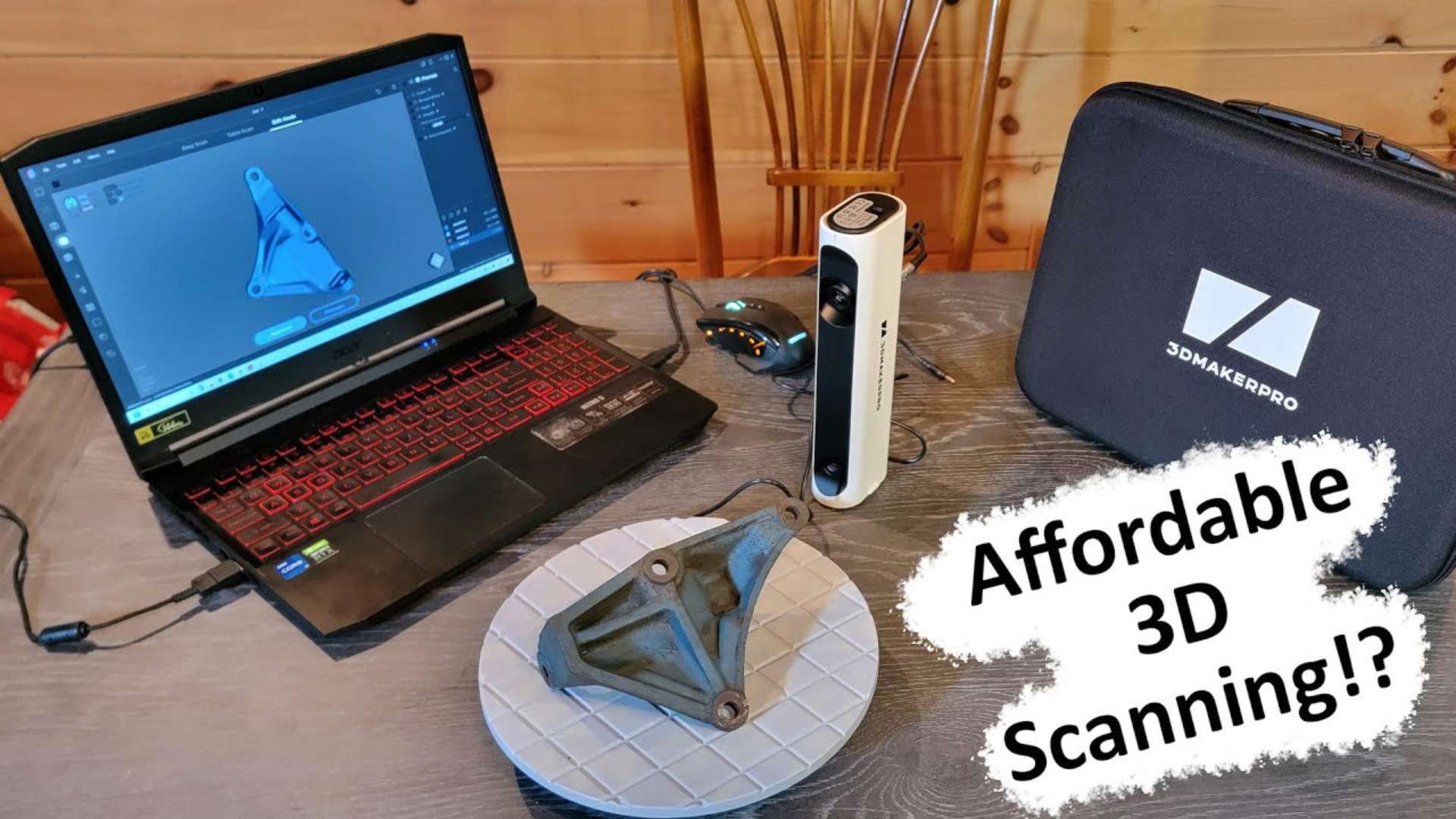
Título
Recomendar Productos
Utilice este texto para compartir información sobre su marca con sus clientes. Describe un producto, comparte anuncios o da la bienvenida a los clientes a tu tienda.
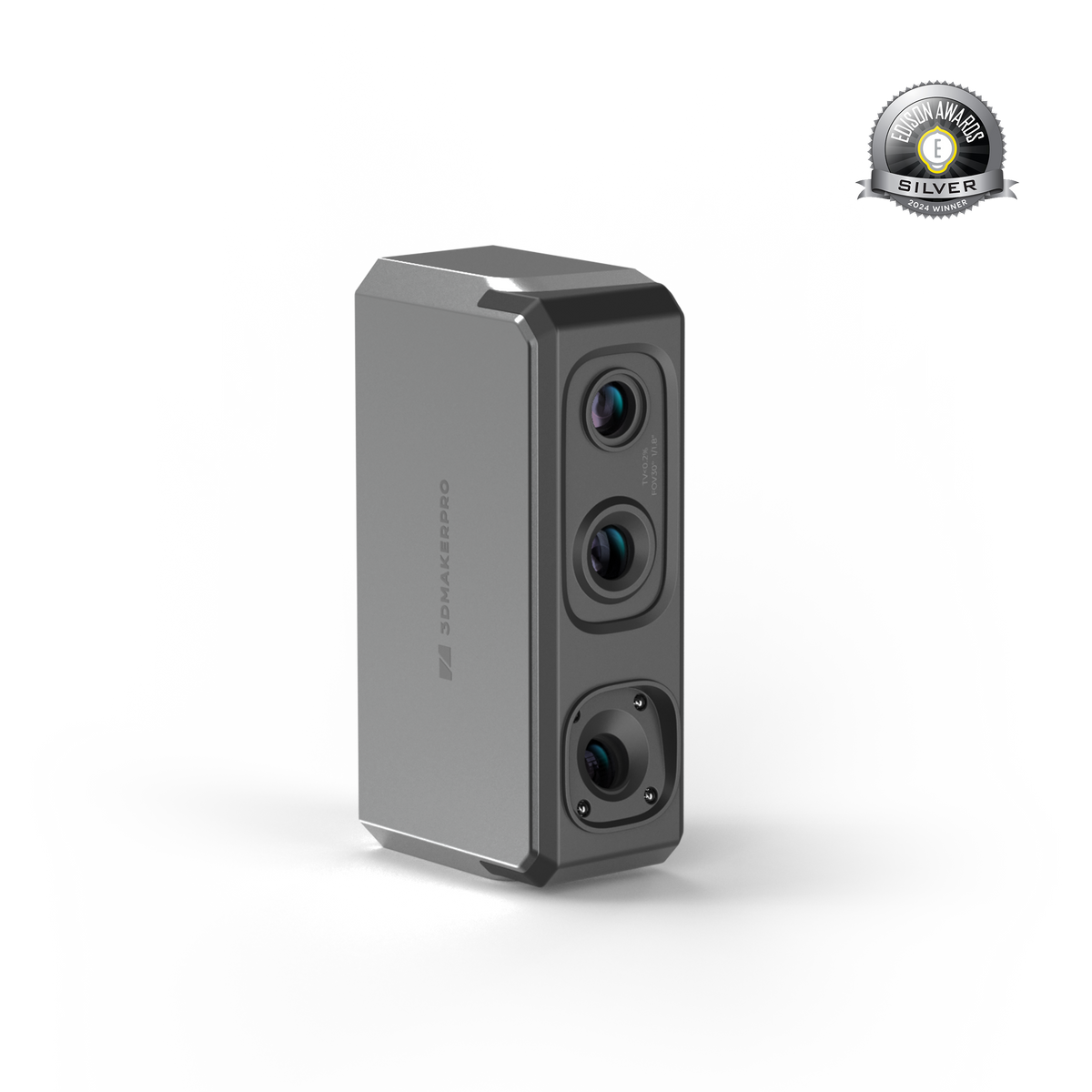
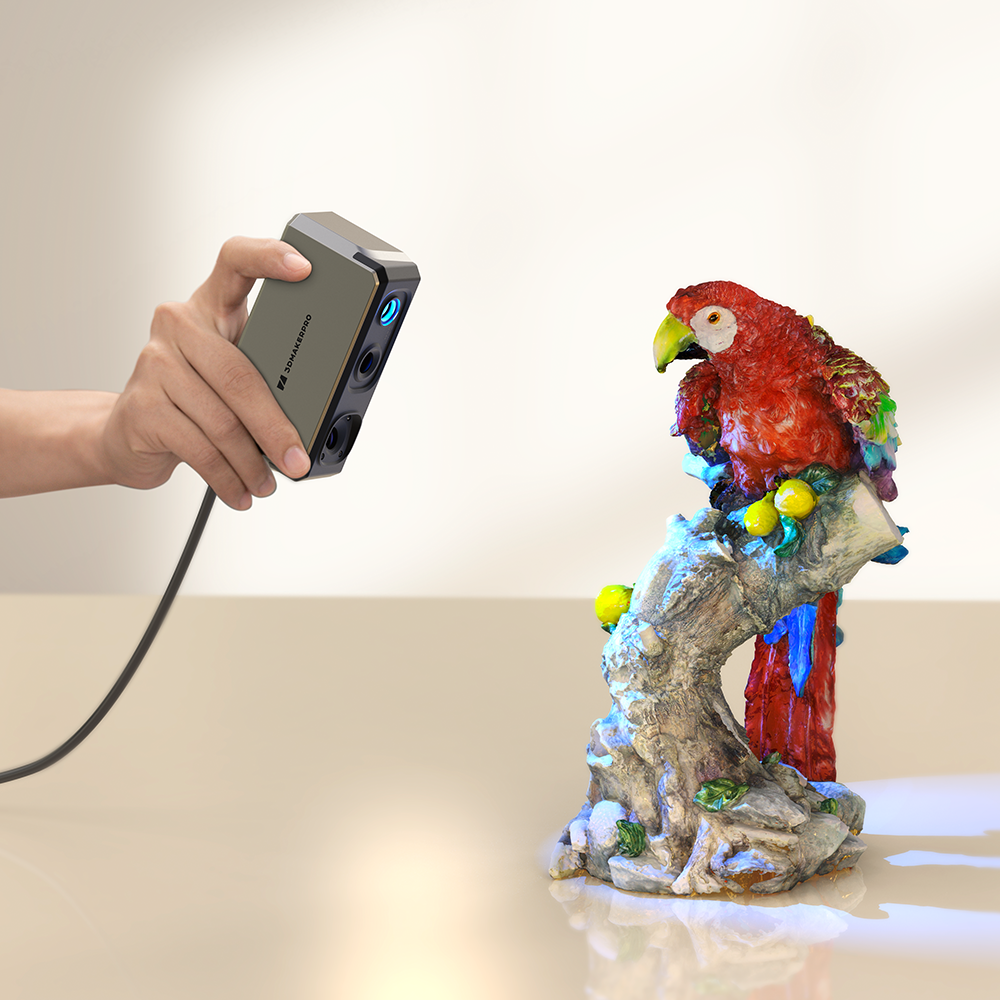
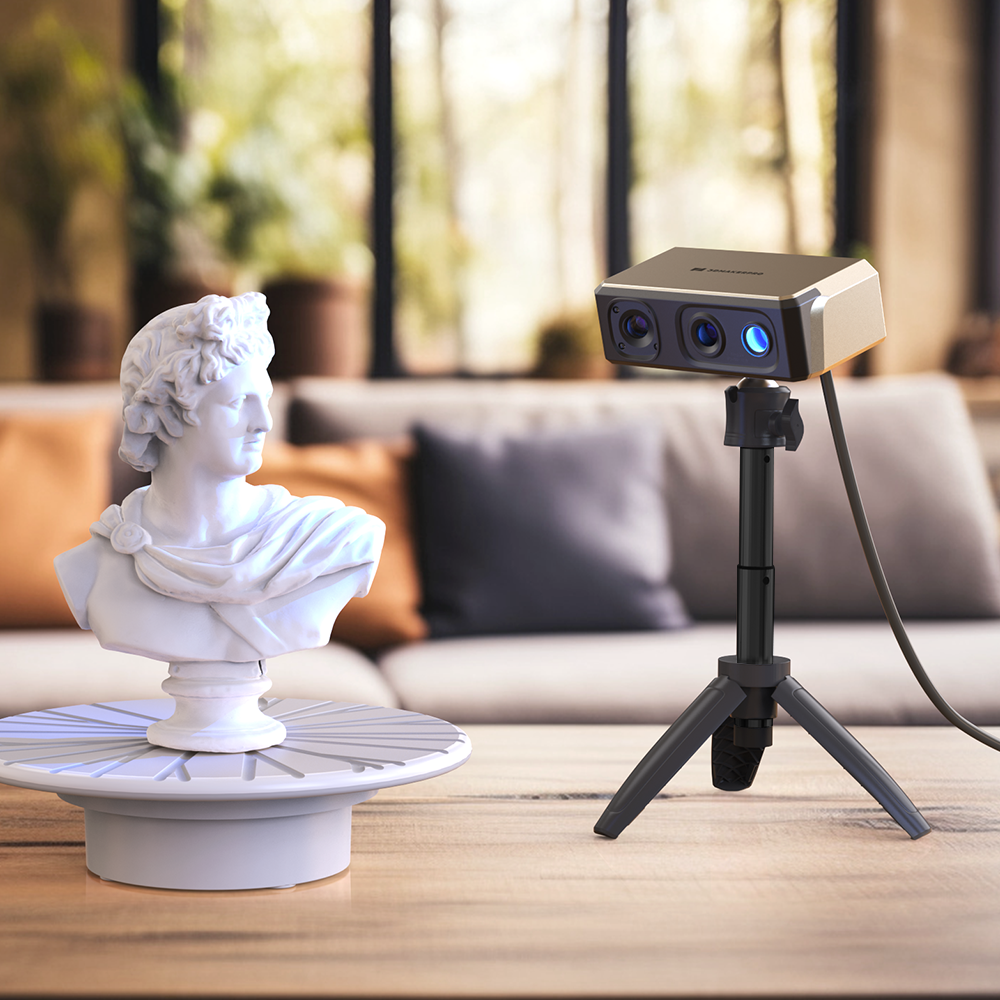
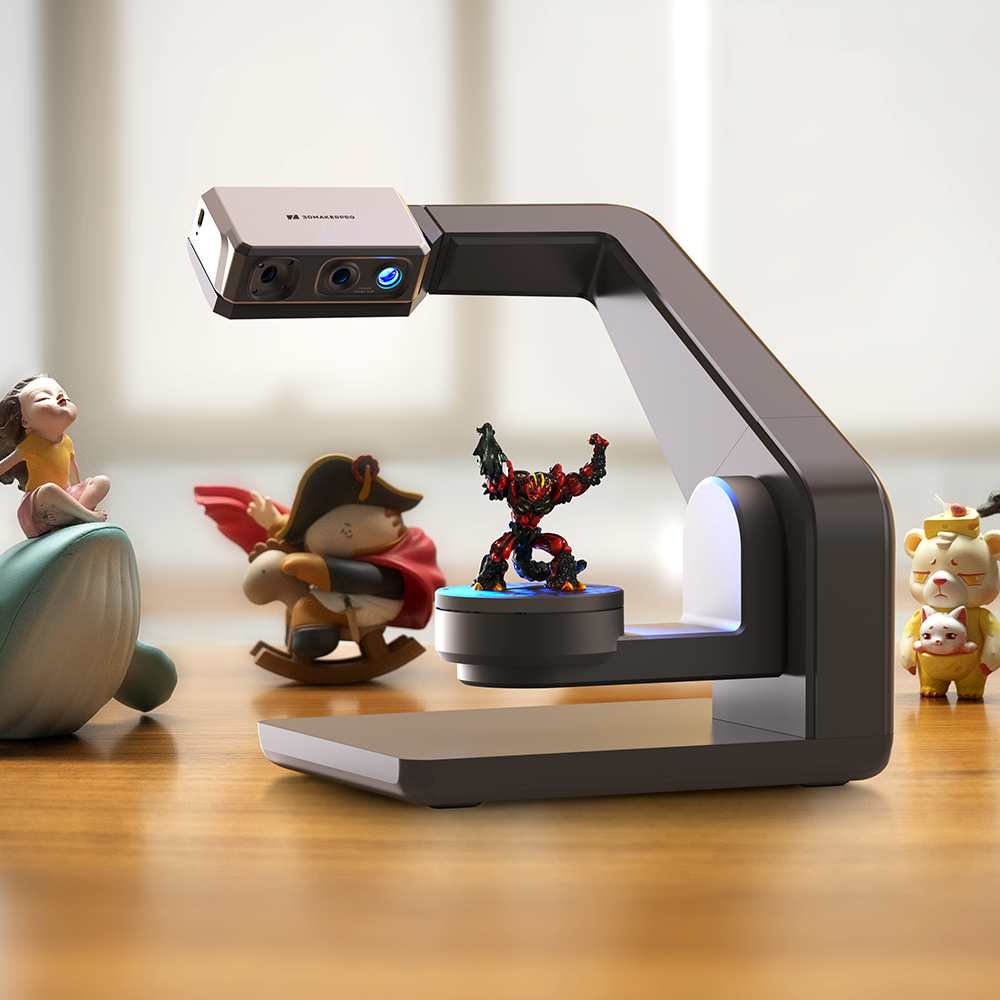
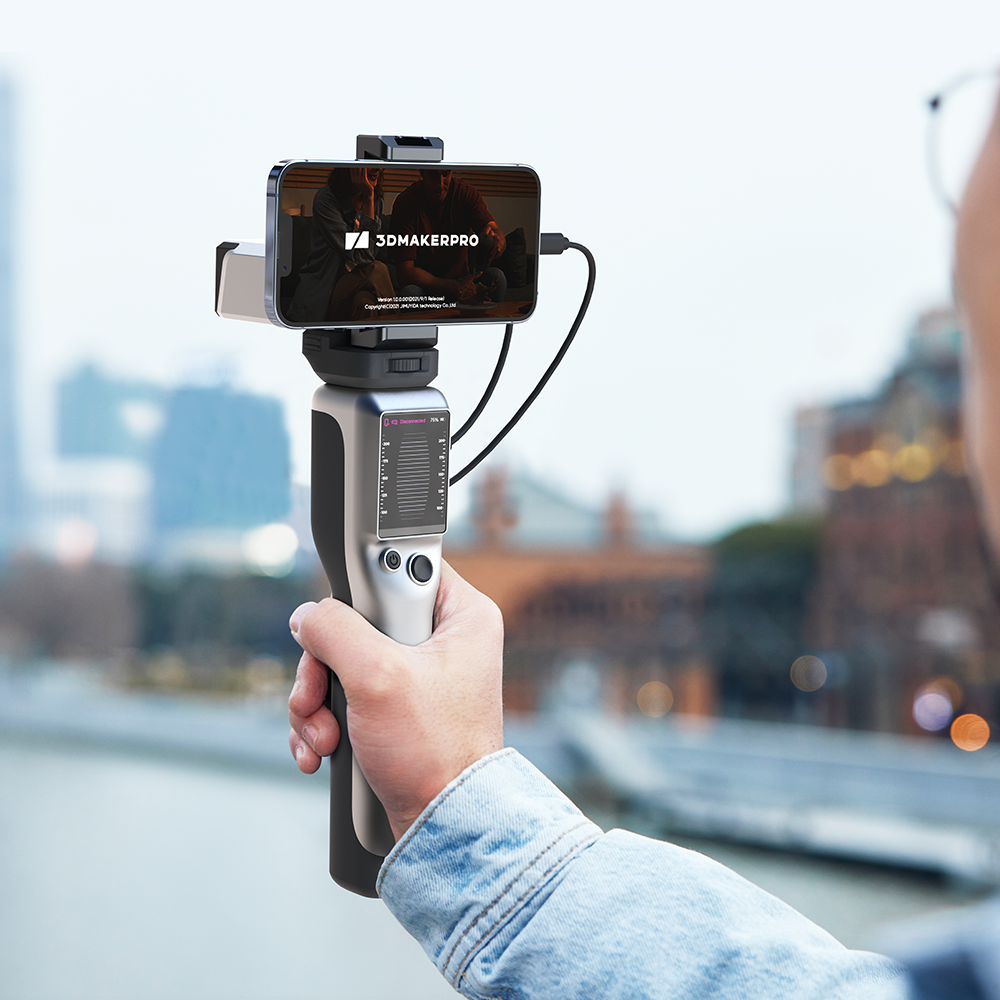
Seal Escáner 3D
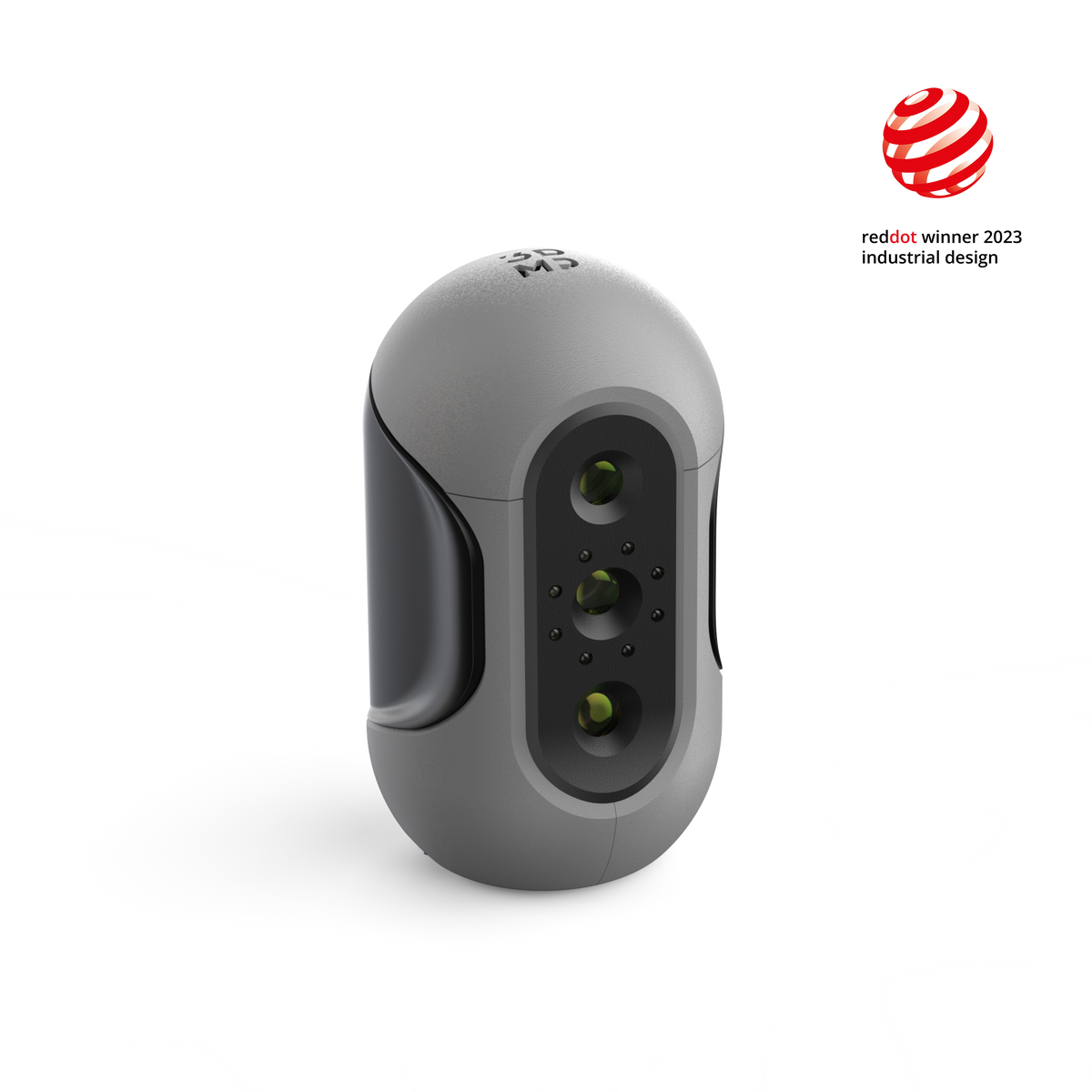
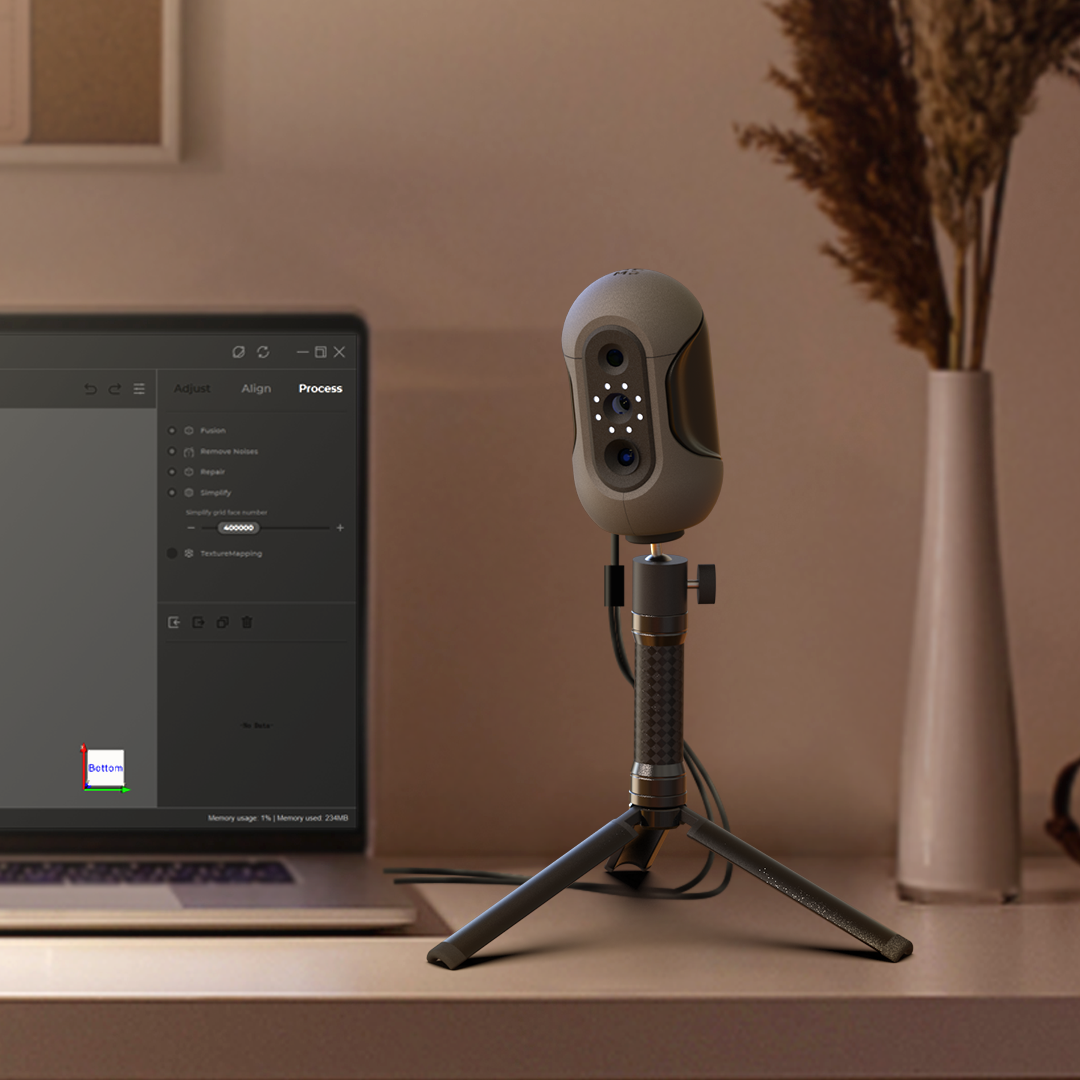
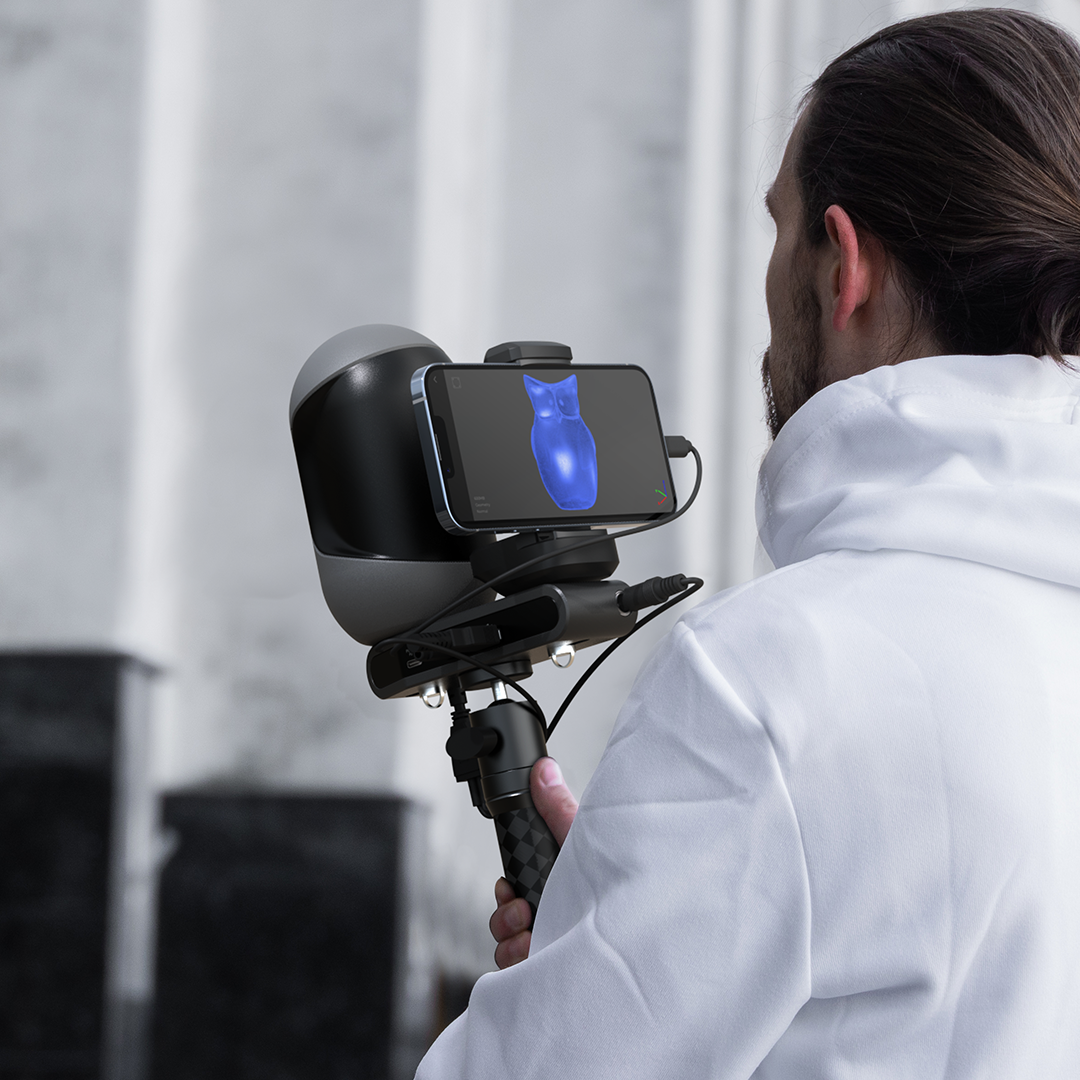
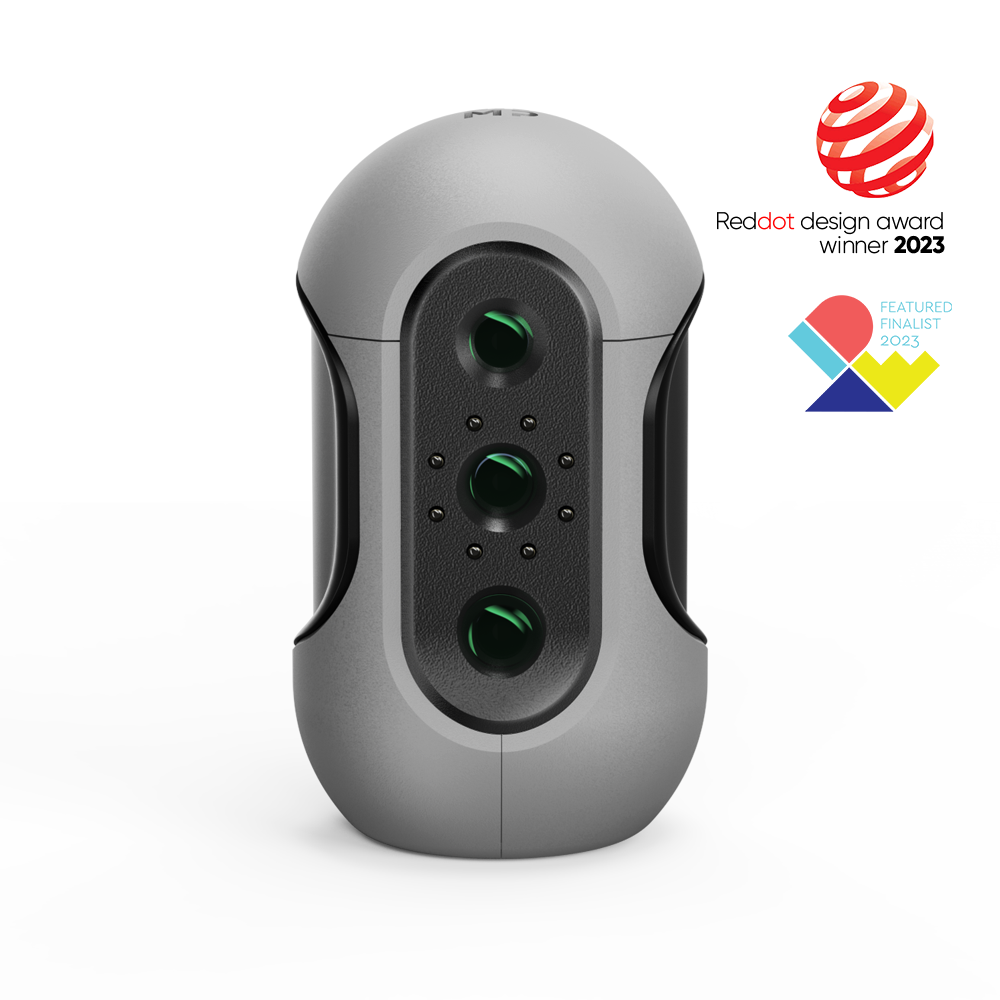
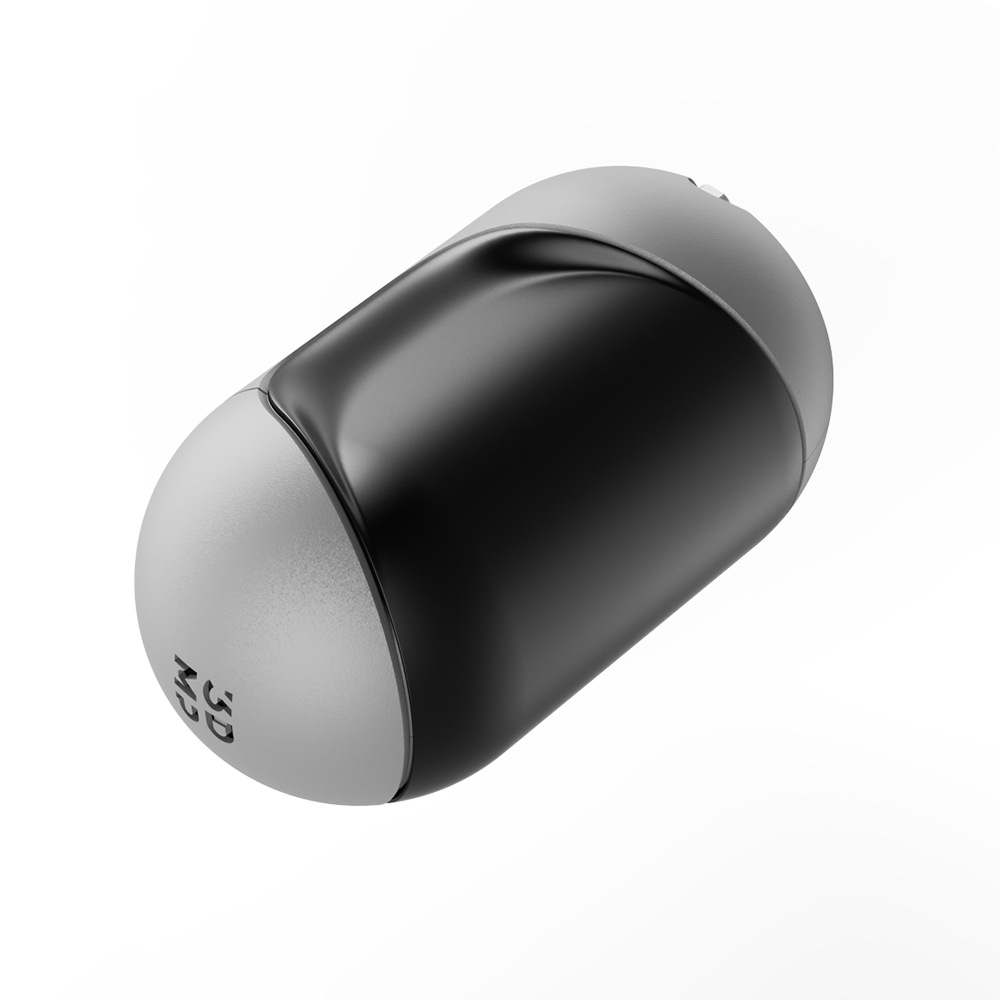
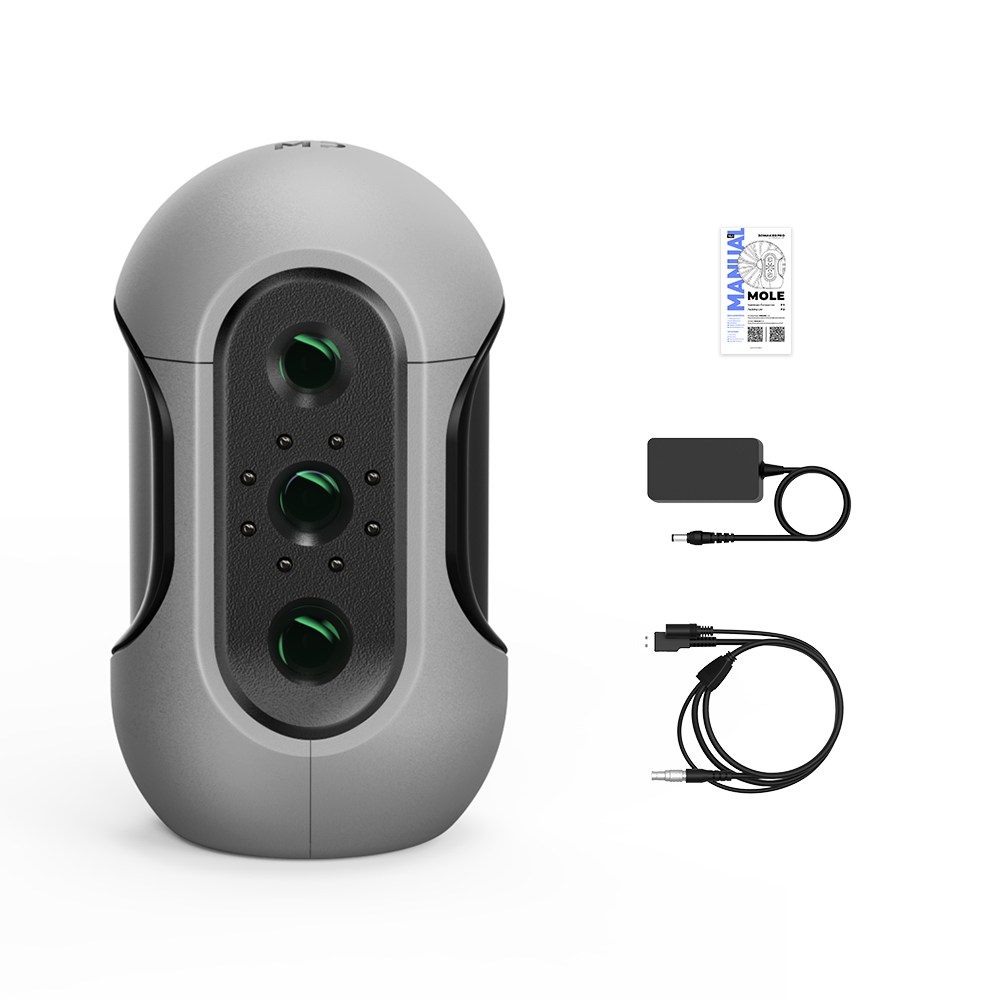
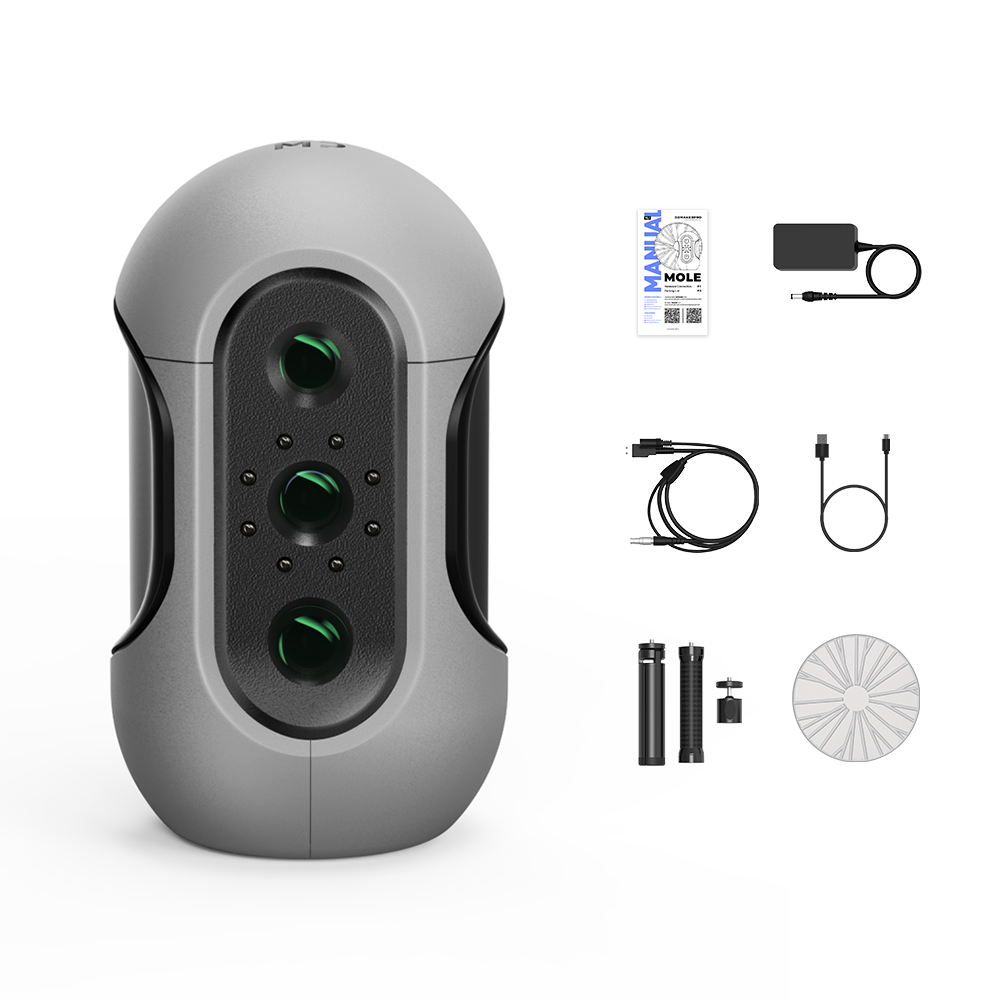
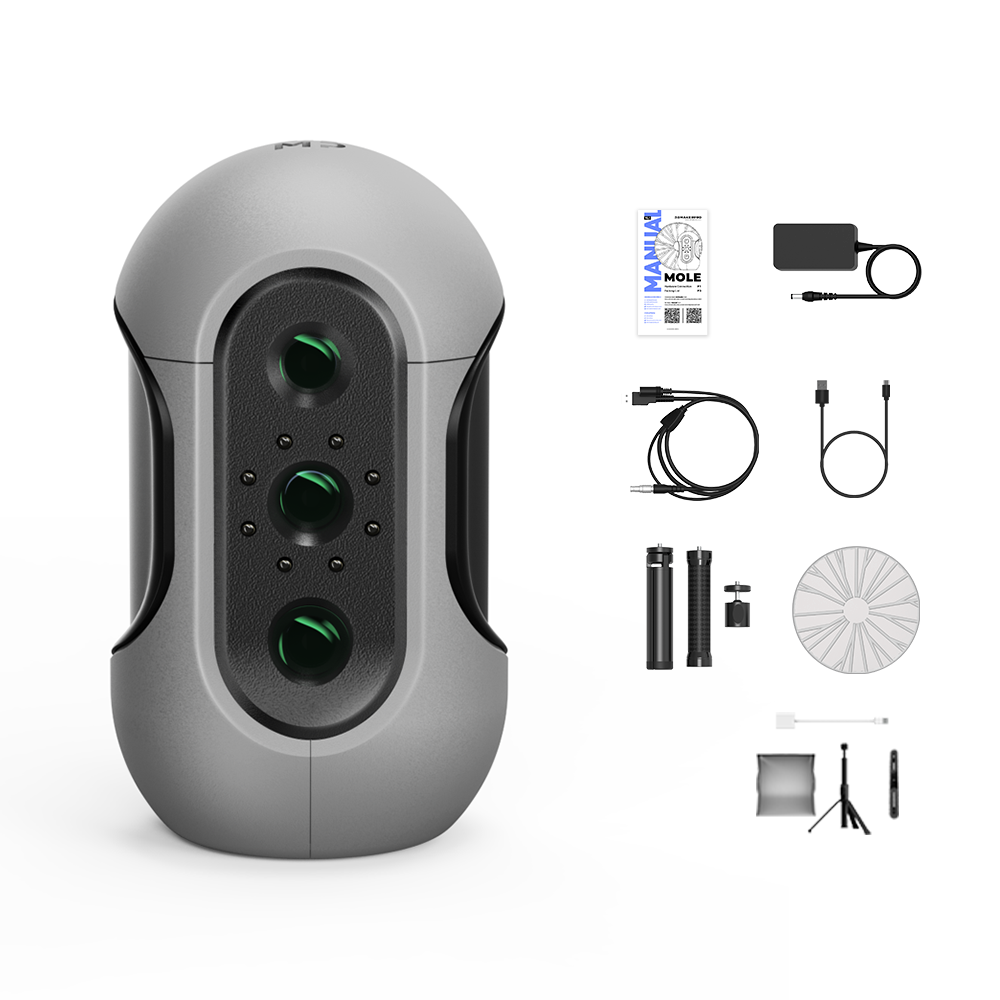
Escáner 3D Mole
